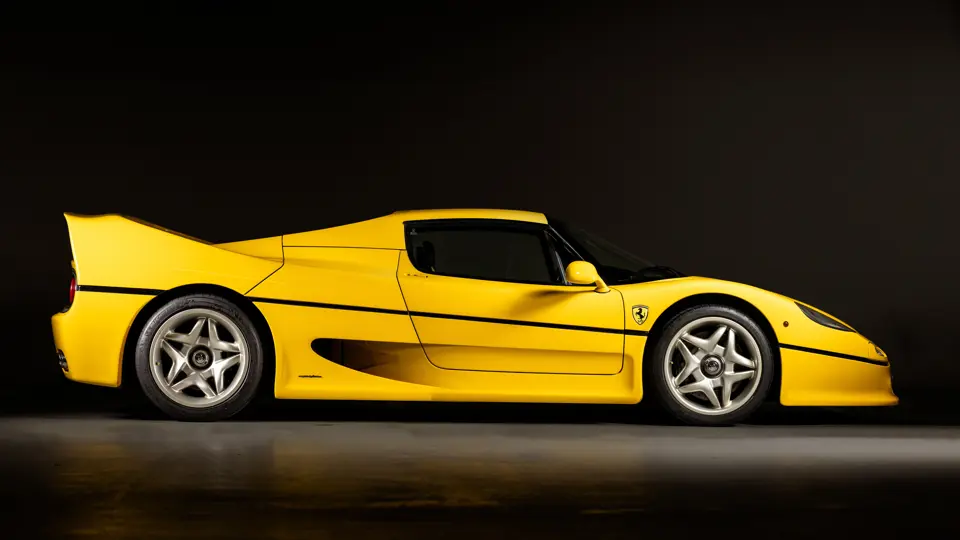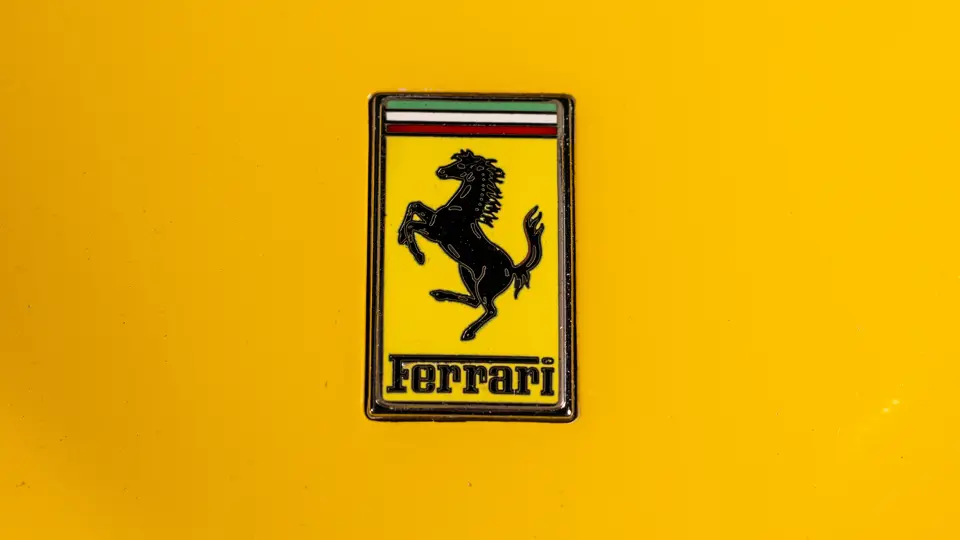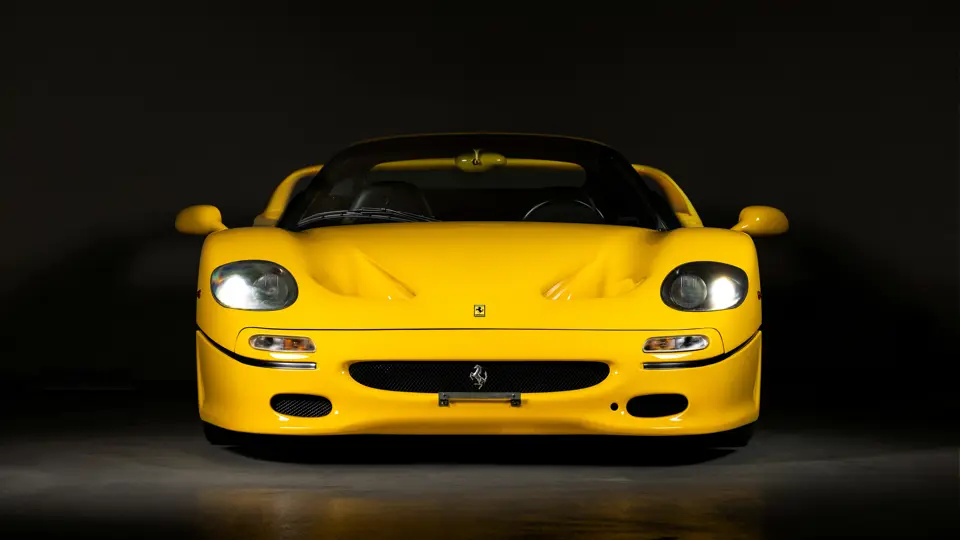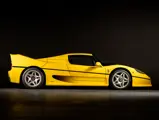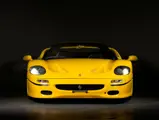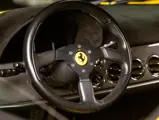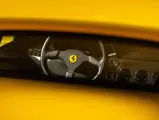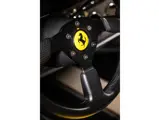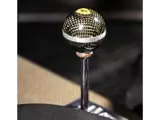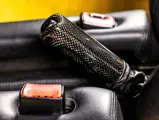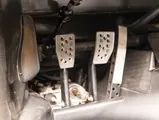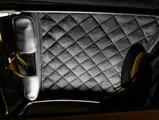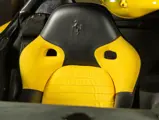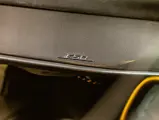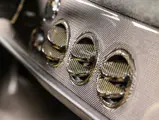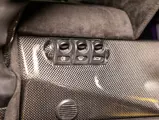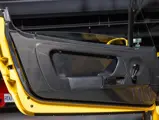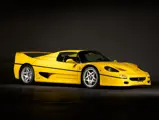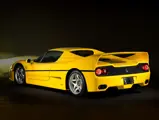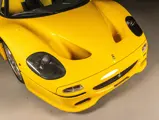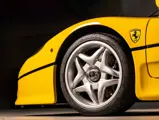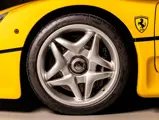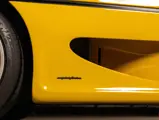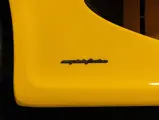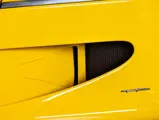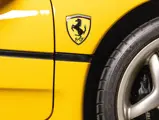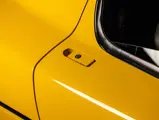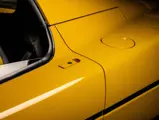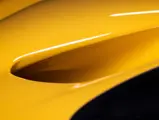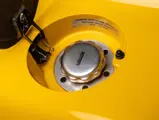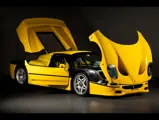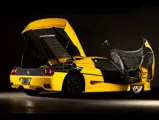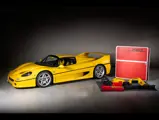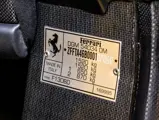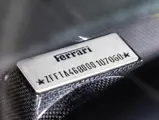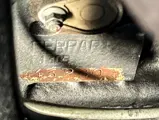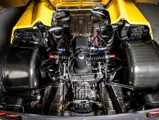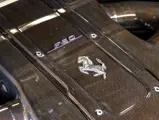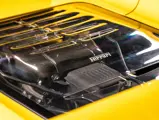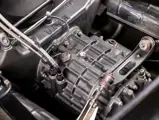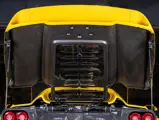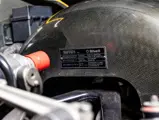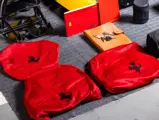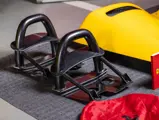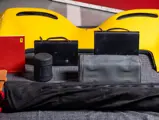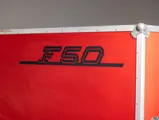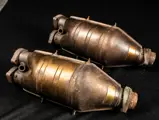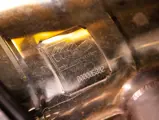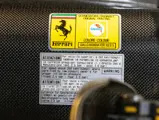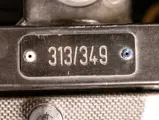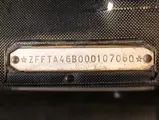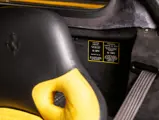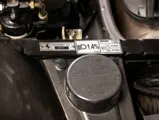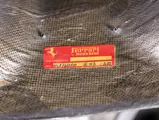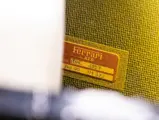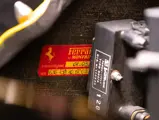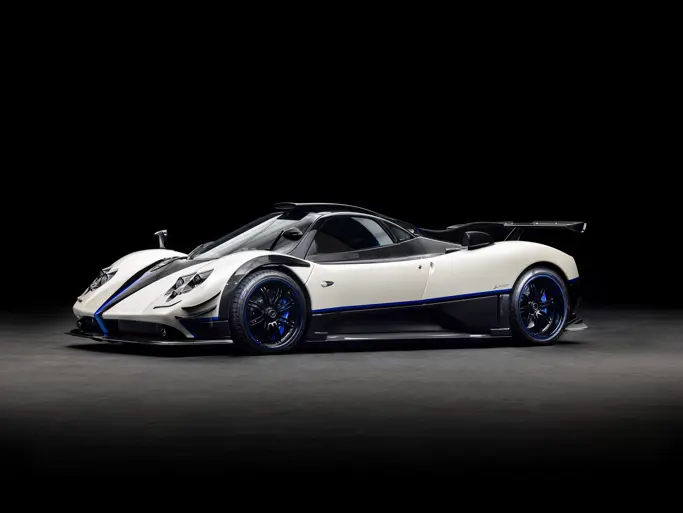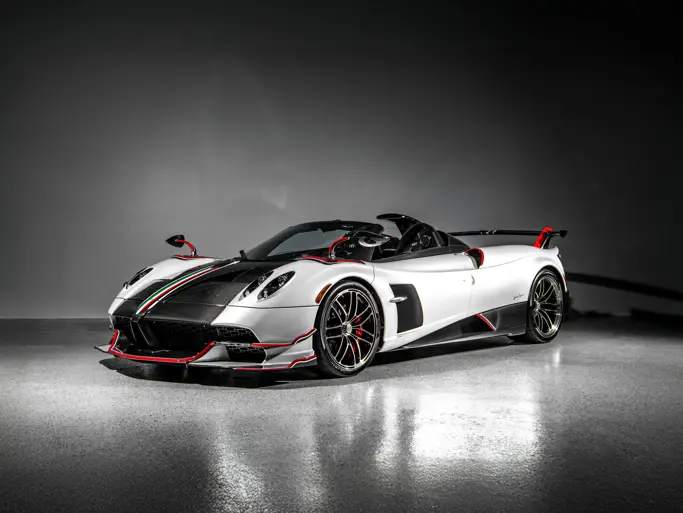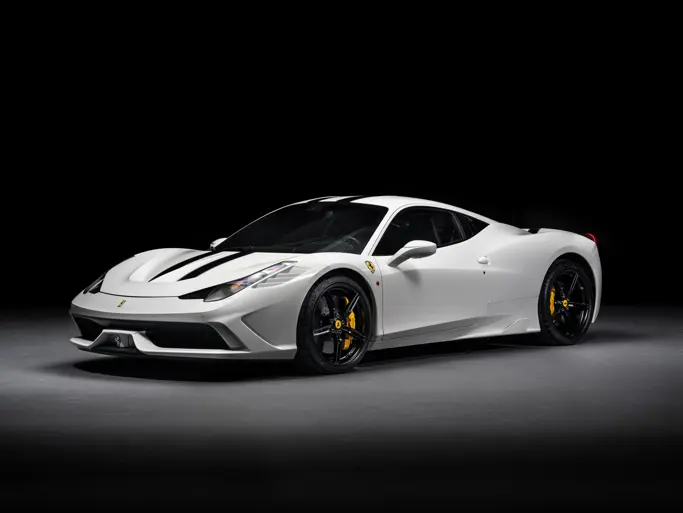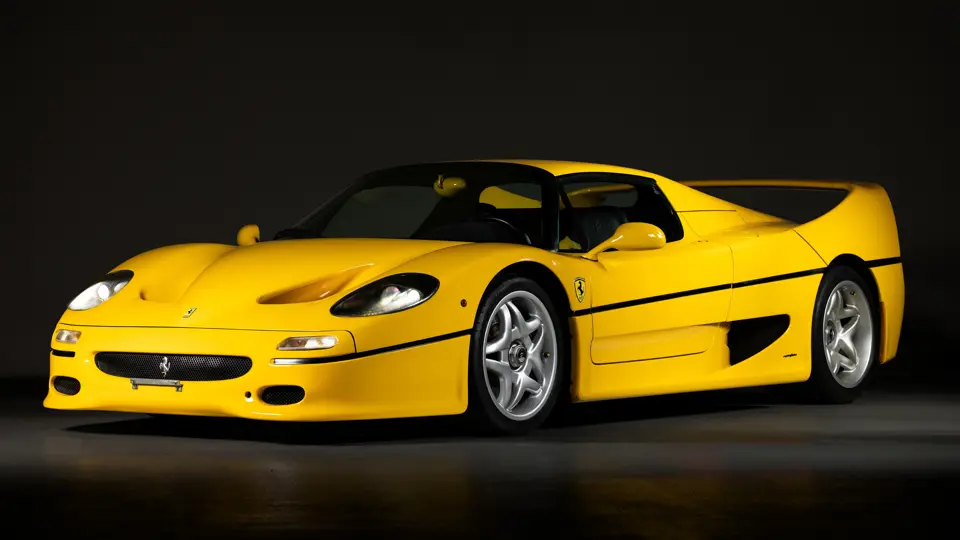
1997 Ferrari F50
{{lr.item.text}}
{{bidding.lot.reserveStatusFormatted}}
- One of only 31 F50s originally finished in Giallo Modena
- Offered from 20 years of single-ownership
- European delivery example
- Just 9,100 kilometres from new
- Powered by a Ferrari 641-derived 4.7-litre V-12 engine producing 513 horsepower
- Maranello’s first fully carbon fibre monocoque supercar
- Ferrari’s groundbreaking Formula 1 car for the road
The Ferrari F50: Maranello’s Best Kept Secret
No other manufacturer boasts a back catalogue with the pedigree of Ferrari. From its first roadgoing sportscar to its most recent hybrid hypercars, Maranello’s model lineup has comprised some of the fastest, most technologically advanced, and outright beautiful machines to ever put rubber to the road. But there is one car that for decades managed to fly under the radar—an astoundingly accomplished sportscar that only seemed to garner the plaudits it deserved from the lucky few who had taken the wheel, and the even smaller cohort fortunate enough to call one their own: the Ferrari F50.
Preceded by the F40—the final car to be blessed by Enzo Ferrari before his death, and a brutalist masterpiece of function over form—and succeeded by the Enzo, a technological love letter to the company’s founder—in such glittering company even the brightest diamond may struggle to shine. But while it remained a hidden gem for much of its early life, the brilliance of the F50 was in no way diminished by the success of its Prancing Horse stablemates. Today, demand for these incredible machines has finally matched what some collectors have known since 1995: that the Ferrari F50 may well be the best analogue supercar ever created.
The F40, the final car to be personally approved by Enzo Ferrari, may not have been a technological tour de force to rival Porsche’s 959, but it was an incredible car that combined Pininfarina design with a twin-turbocharged powerplant derived from the 288 GTO, offering up 200 mph performance and one of the most engaging, visceral driving experiences outside of the racetrack. Fittingly, its successor would up the ante even further, with a design brief that aimed to replicate the experience of a Formula 1 grand prix car, the model laden with technology borrowed directly from the Scuderia and the top-flight of motorsport.
In order to bring the thrill of the Ferrari 641 to the road, engineers borrowed the one component that made the grand prix car so special: the spine-tingling naturally aspirated 3.5-litre V-12 engine that delivered the Scuderia no fewer than six outright race wins at the hands of Alain Prost and Nigel Mansell. The fire-breathing Tipo 036 produced a staggering 680 horsepower and spun to a dizzying 12,750 rpm in race trim, so to make it more suitable for application in a road car, Ferrari engineers increased capacity to 4.7-litres, bringing down the redline to a more manageable yet still exhilarating 8,500 rpm. The F50’s output was rated at just 40 horsepower more than the outgoing F40, but thanks in part to cutting-edge variable length inlet manifolds and 6-2-1 exhausts with butterfly bypass valves, the F50’s peak 513 horsepower and 347 pounds-feet of torque was available further down the rev range. The result was an engine with all the character of the howling grand prix variant, but with a degree of accessibility and usability that was all too lacking in the peaky, twin-turbocharged V-8 F40.
The rest of the car was equally impressive, with an all-carbon fibre composite monocoque—a first for Ferrari—housing a carbon fibre passenger cell which mounted the front suspension. At the rear, the engine served as a stressed member for the six-speed manual gearbox and rear suspension. With wishbones paired with a clever pushrod system for horizontally mounted springs and dampers, the setup was straight from the racetrack, augmented by an electronic damper system to tailor the ride to road conditions. Paired with the jewel of a V-12 engine, performance was eye-opening, with a 0-60 mph sprint time of just 3.7 seconds and a top speed in excess of 200 mph. But what was most impressive was how the package performed in the real world, underscored by the model thrashing the F40’s time around Ferrari’s Fiorano test track by a full four seconds.
The stats alone were enough to sell out the production run, but Ferrari was also acutely aware of speculators. To deter those who wanted to flip their car for a quick profit, the firm—at least in the United States—required buyers to place a $240,000 deposit followed by 24 monthly payments of $5,600 and a balloon payment of $150,000. Despite the constraints—and an eye-watering ultimate bill of more than half a million dollars—eager buyers clamoured to get their hands on one of only 349 examples that were built between 1995 and 1998. Among them was chassis 107060.
Work on the car began on 13 May 1997—relatively late into the model’s production run—with the F50 rolling out of the Maranello workshops on 9 June. The car was the 313th of a quoted 349 produced, and was destined for delivery in its home market via official concessionaire Ineco Auto S.p.A. While the lion’s share of F50s were finished in Ferrari’s trademark Rosso Corsa, this example was one of just 31 to leave the factory in the striking shade of Giallo Modena, making it almost ten times as rare as its Rosso Corsa counterparts.
According to marque expert Marcel Massini, chassis 107060 was offered for sale in the May 2000 issue of Ferrari Market Letter, by which point it had covered just 3,000 kilometres. The car then left its native Italy and in 2002, was noted as being registered in Japan. Just one year later, the Ferrari was acquired by the consigning owner and was imported to Taiwan, where it has remained ever since. Driven regularly though sparingly, the striking yellow supercar wore the instantly recognisable and cherished registration number “8888-GT”.
The F50 was subject to ongoing maintenance while in the current owner’s care, with no fewer than 11 invoices on file from Tainan-based Jun Hui Car, and a further nine from Modena Motori Taiwan Co. Ltd—the country’s first official Ferrari dealership. Among the works carried out by Jun Hui Car was installation of a Tubi exhaust system on 16 December 2008, fitting of fresh brake pads on 21 February 2009, and a clutch replacement on 28 March 2010. Modena Motori Taiwan, meanwhile, fully repainted the front bumper on 12 March 2013 at a cost of NT$25,250. Oil changes were carried out by the firm in 2013, 2014, 2016, and 2021, while on 18 October 2016, an assessment notes that only the non-standard Tubi exhaust and HID headlamps—fitted while in current ownership—should be returned to factory specifications before applying for Ferrari Classiche Certification. Most recently, on 28 March 2023, the coolant tank was repaired by Treasuremax of Taipei.
Much like the model, chassis 107060 has flown under the radar, having lived a cosseted existence away from the public eye. Little driven and rarely spotted, the car has been driven approximately 9,100 km from new and is immaculately presented in its factory-correct Giallo Modena with an interior trimmed in black with matching Giallo seat inserts, a rarely seen option on F50s, especially the Giallo Modena cars. Please not that in advance of the sale a pre-purchase inspection will be conducted by the official Hong Kong Ferrari Concessionaire Blackbird Automotive. We are also advised that there is a current dashboard fault and it is the intention to provide a (post-sale) solution to this at no cost to the purchaser. Prospective parties are encouraged to enquire accordingly for further details on both these aspects in advance of the sale.
The opportunity to acquire such a low-mileage, and desirably specified Ferrari F50 is one that becomes rarer with each passing year as the model finally steps out from the long shadow cast by its predecessor. But while it lacked the no-holds-barred brutal styling of the Ferrari F40 or the headline-grabbing top speed of the McLaren F1, true supercar cognoscenti have always known that the F50 is special. A machine far greater than the sum of its parts and totally unlike anything before or since, it was born at a unique point in history, before the ubiquity of anti-lock brakes, traction control, and interfering driver aids, yet benefitting from the absolute cutting-edge in Formula 1 technology. Its engine was no less than a masterpiece, and its precise, perfectly weighted six-speed manual transmission a work of art; combined, the Ferrari F50 provided one of the most rewarding and engaging driving experiences of any car to come from Maranello.
Many who have been privileged enough to drive the F50 among its predecessors and successors (288 GTO, F40, Enzo, and LaFerrari) argue that the F50 provides the most rewarding driving experience of that distinguished family of supercars. Jethro Bovingdon perhaps best summed up the F50 when he said in evo magazine, during a direct comparison with three of the greatest cars to ever wear a Prancing Horse badge: ‘The Enzo is more sophisticated and arguably a greater achievement, but Ferrari perfected what we think of as a supercar when it made the F50. It’s the most engaging physically and emotionally, which is why it’s the best supercar Ferrari has made.’
Now, after 20 years in the same tenure, the opportunity is now presented for a new custodian to slip behind the wheel of this incredible landmark supercar, and discover what was—for a time, at least—Maranello’s best-kept secret.




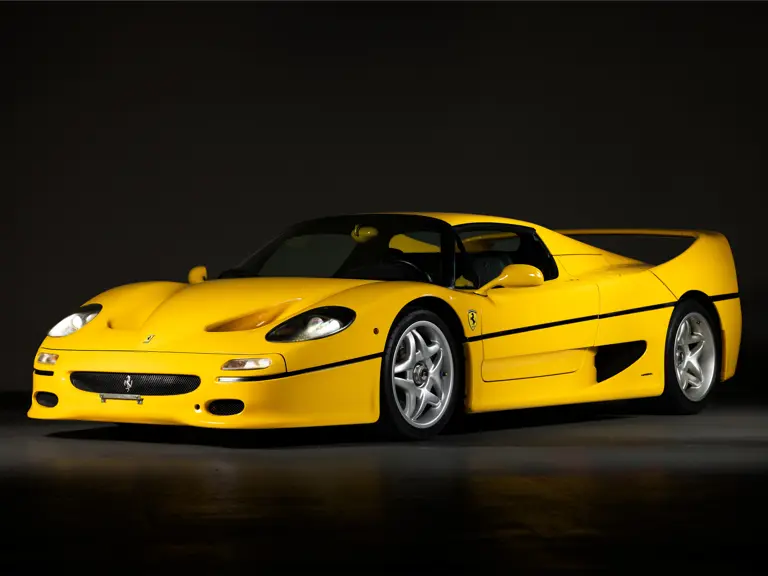
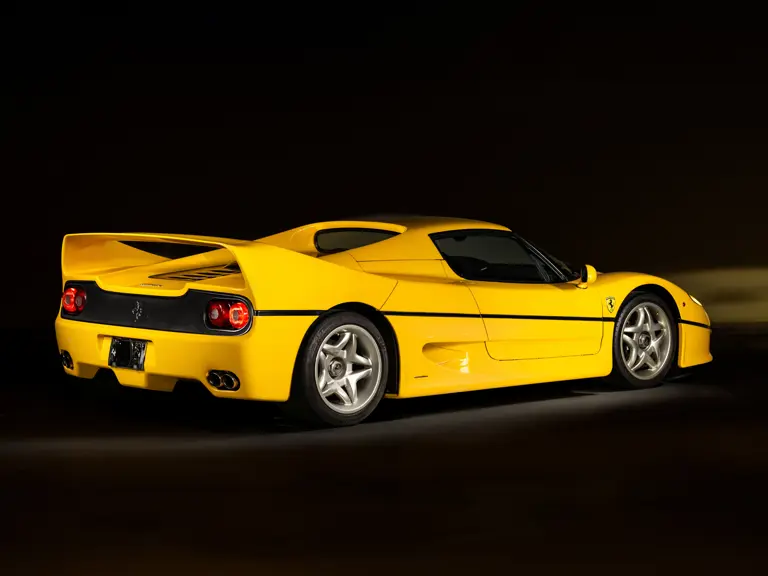
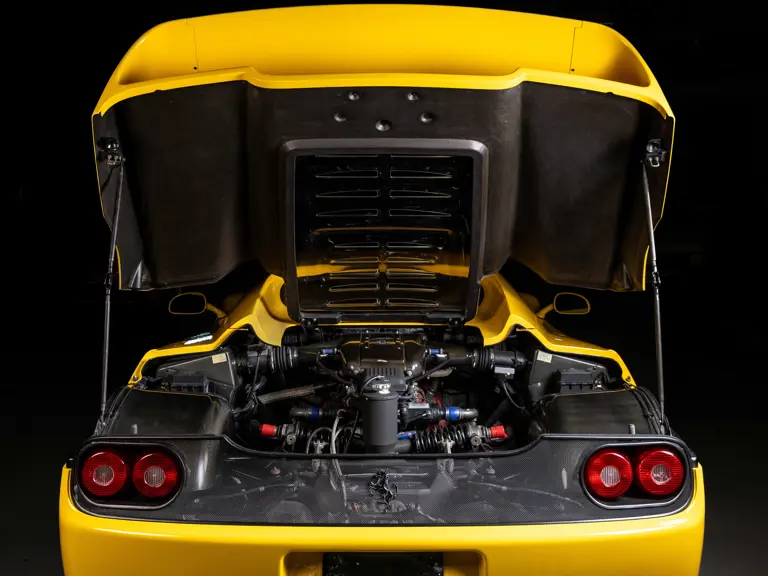
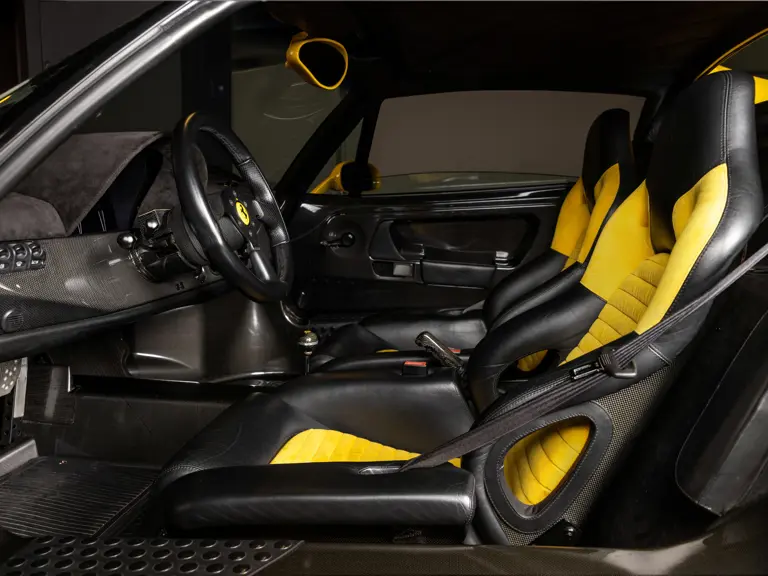
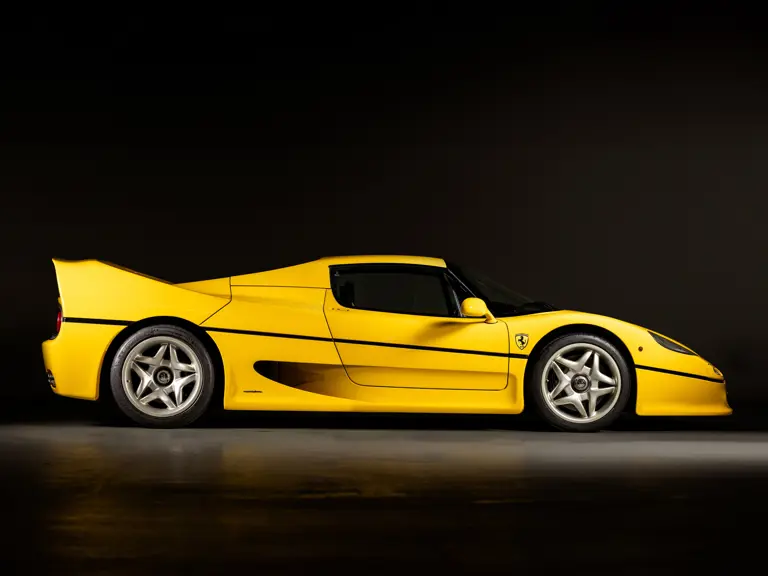
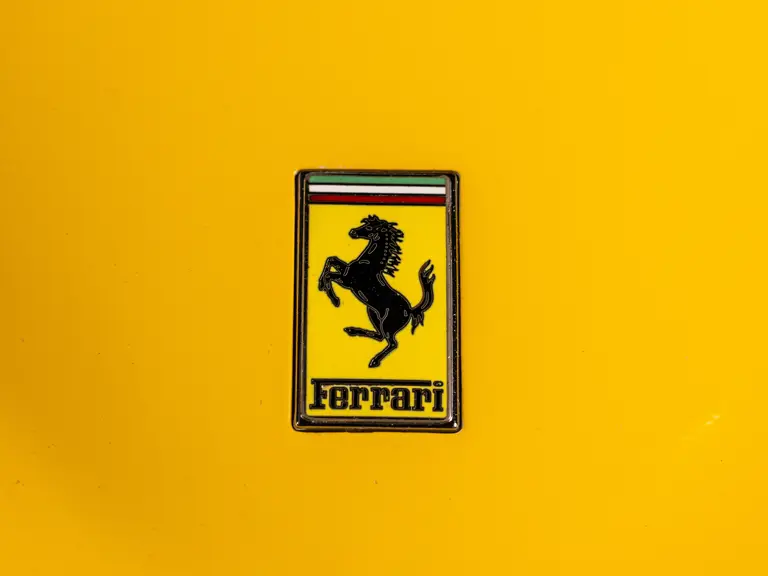
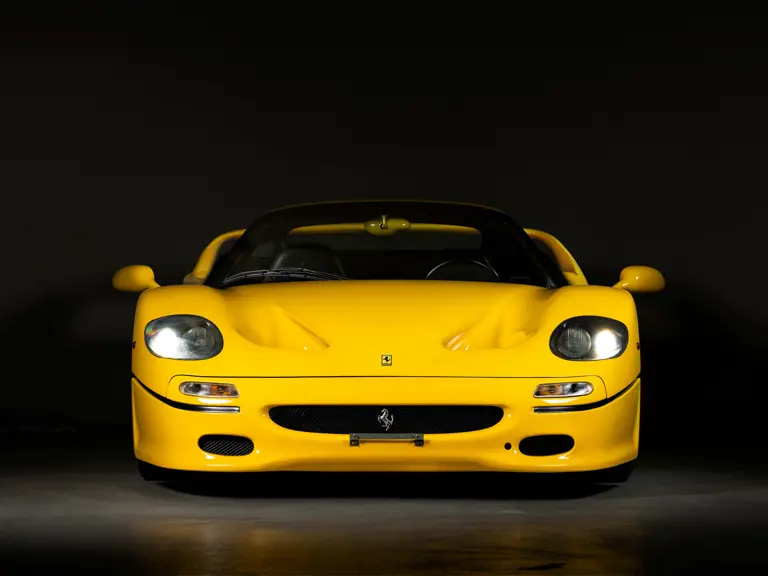
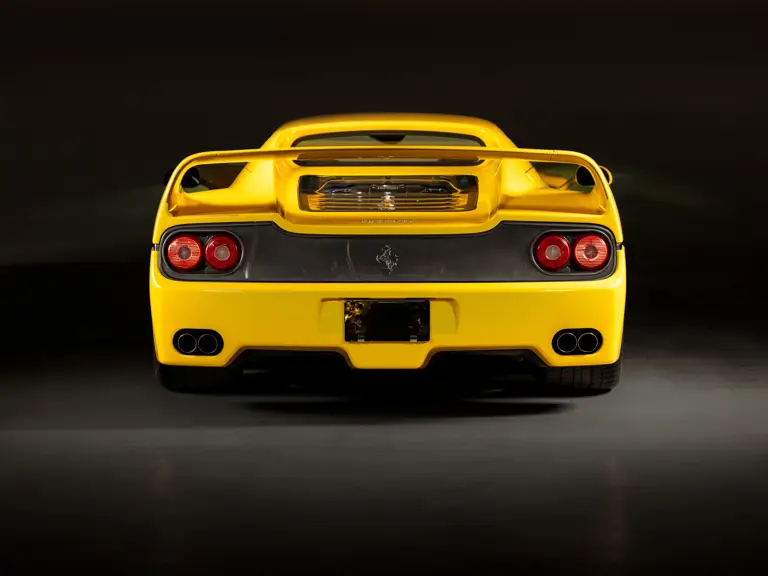
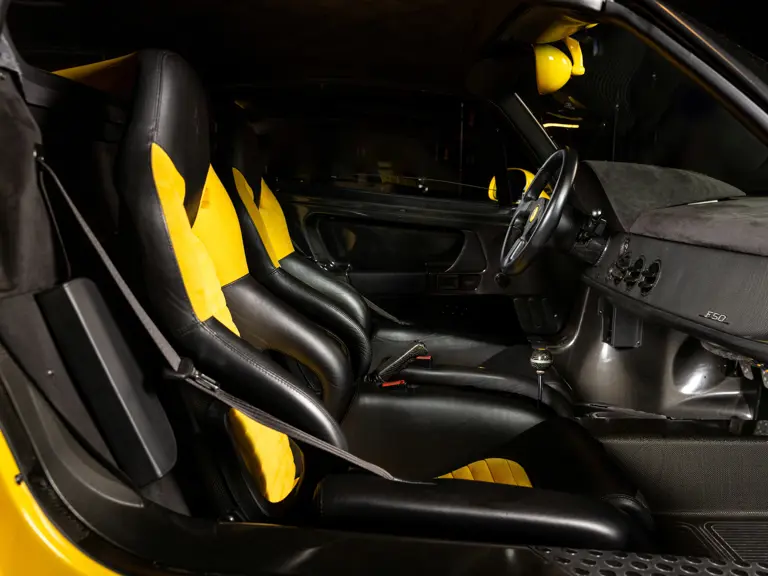
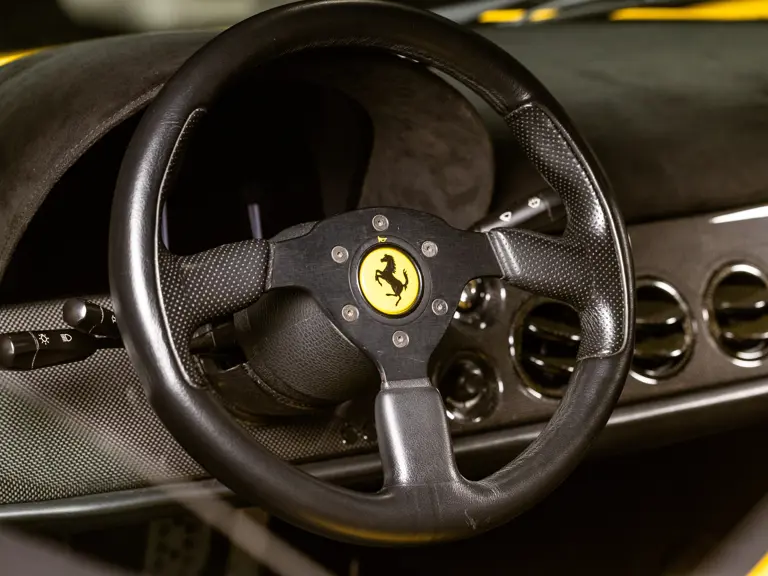
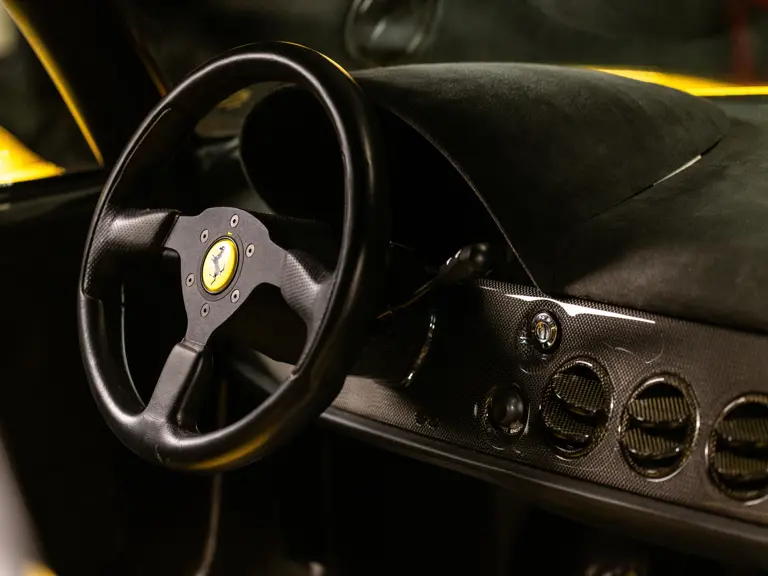

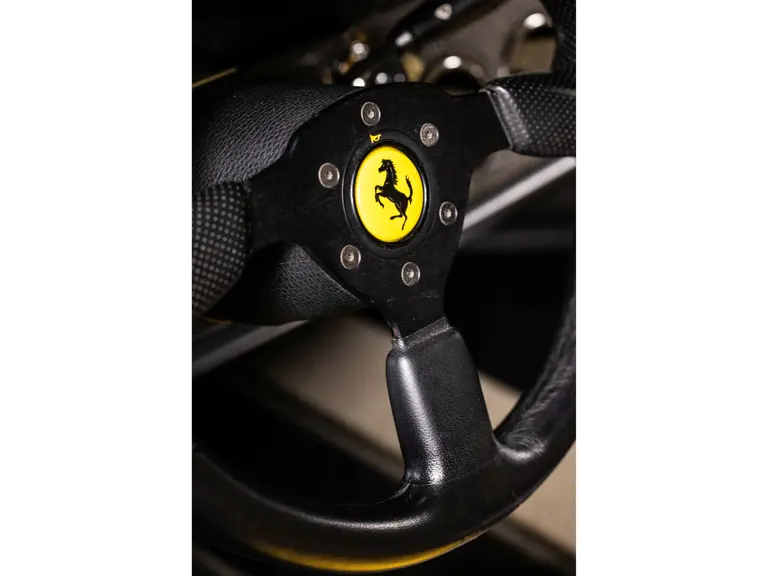
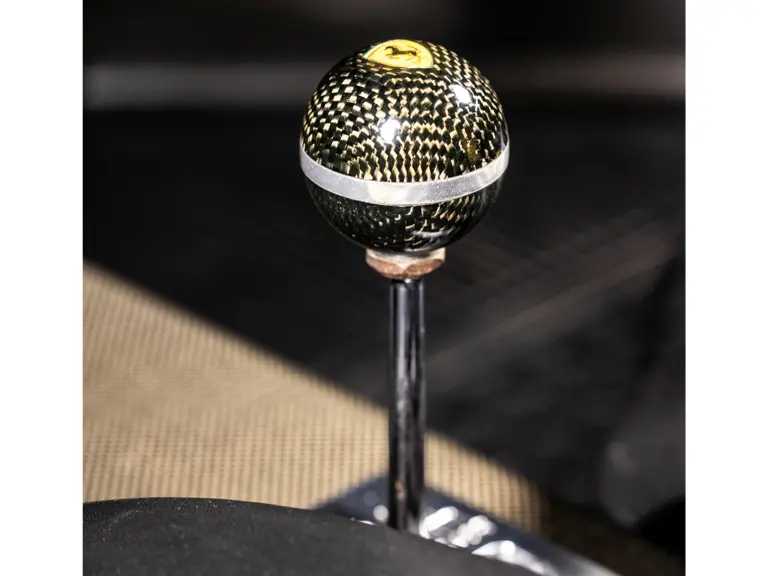
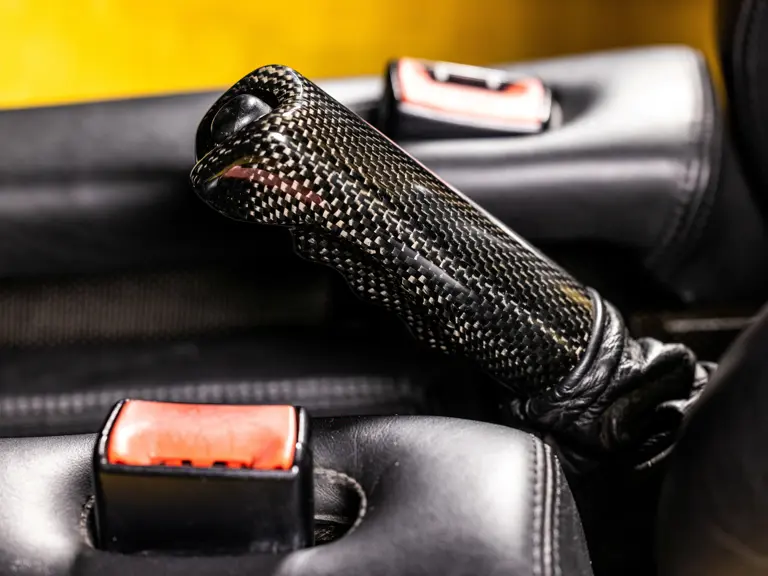
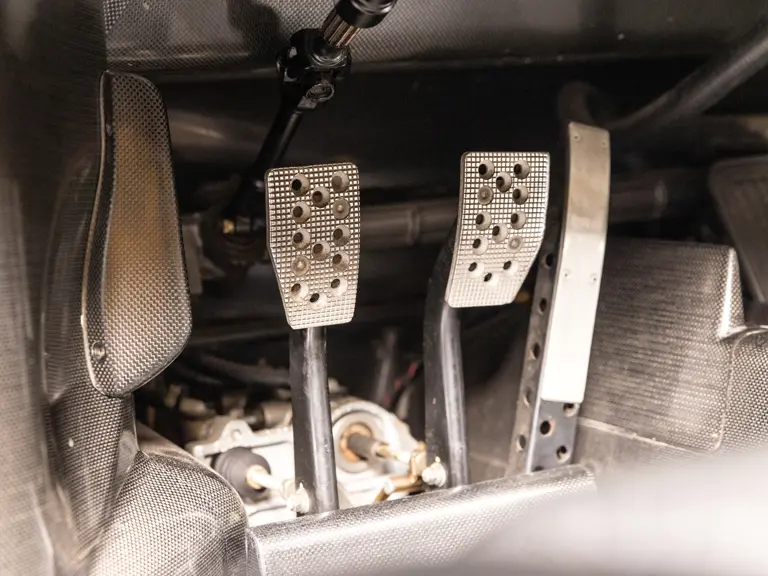

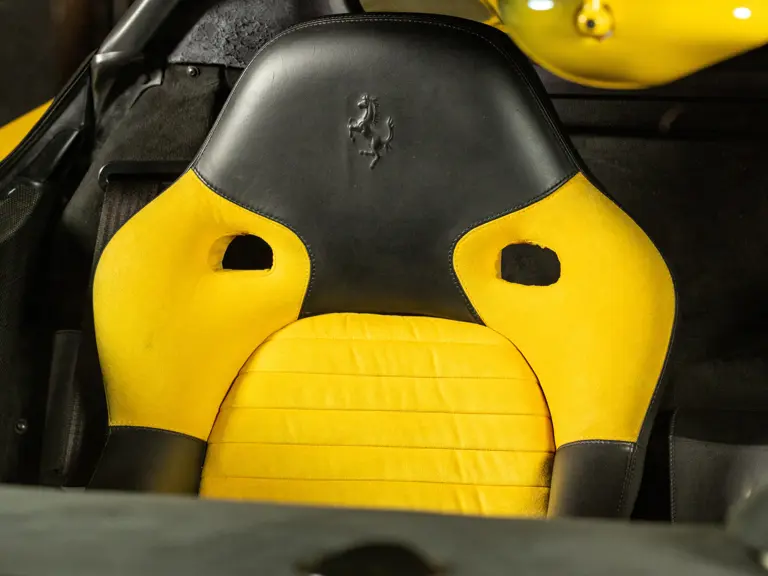
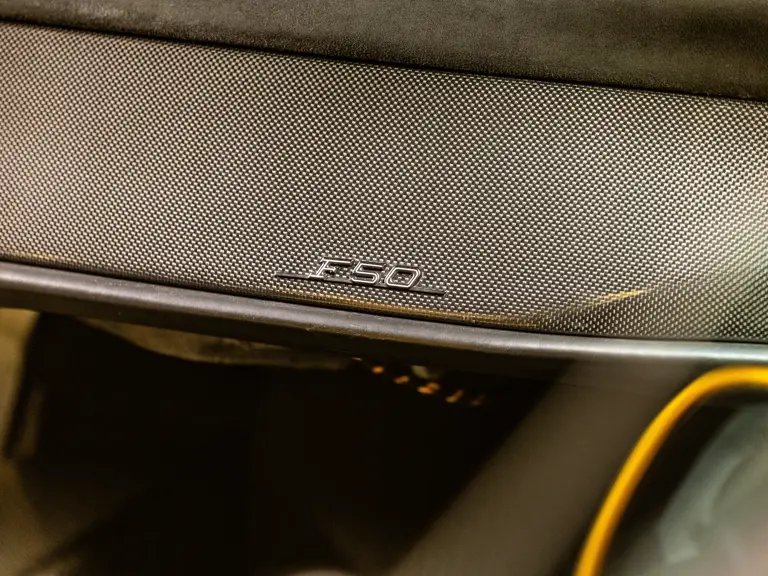
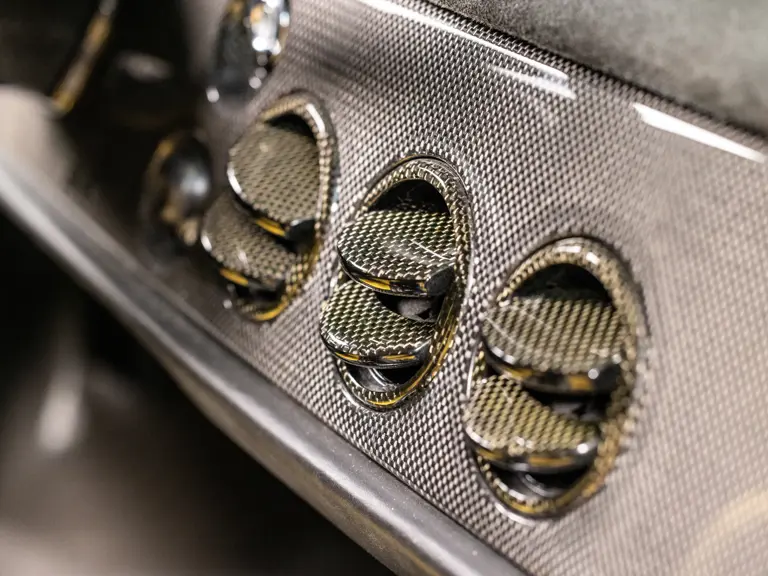
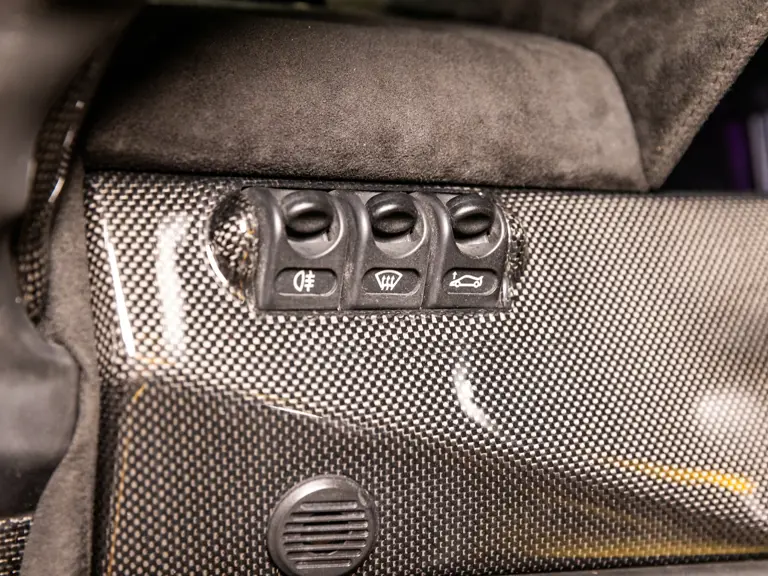
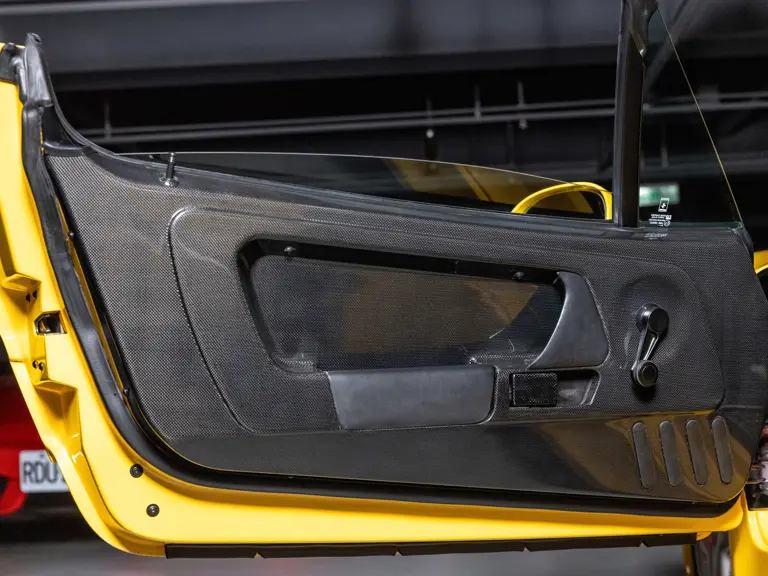


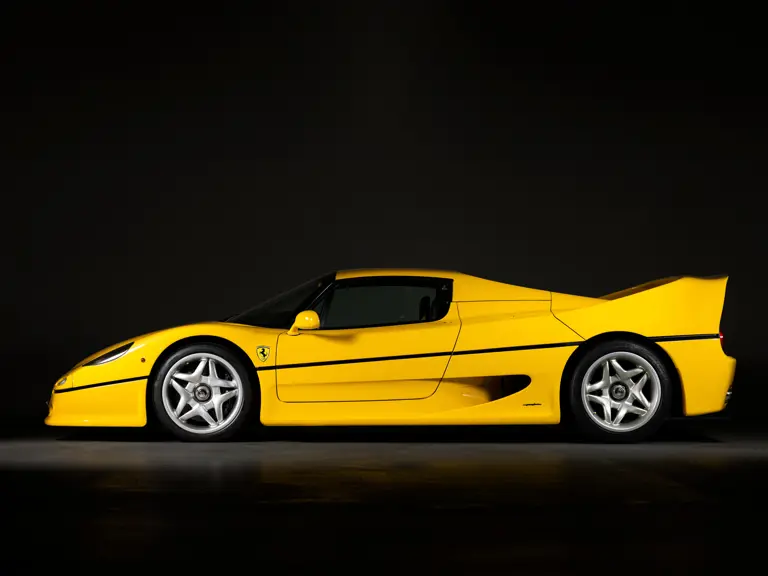
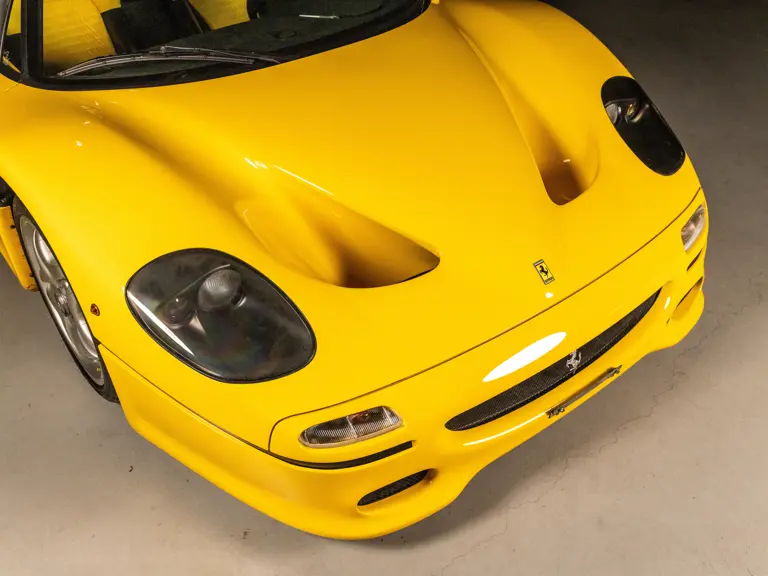
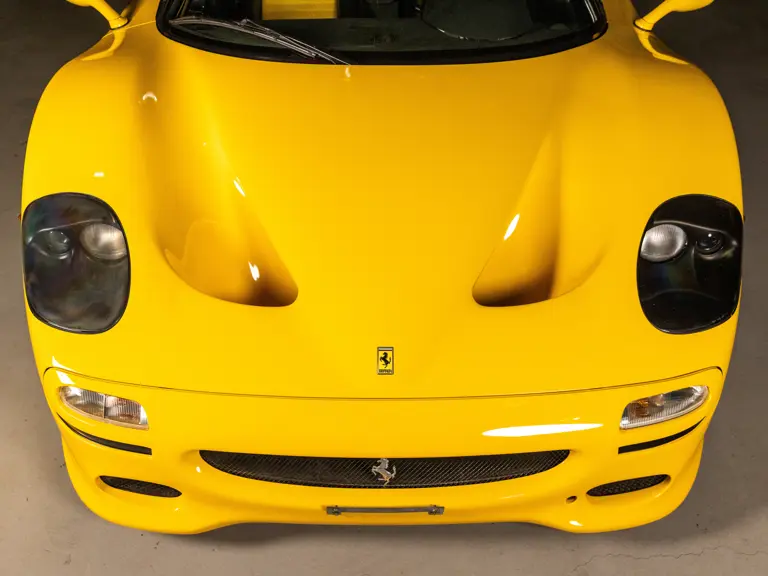
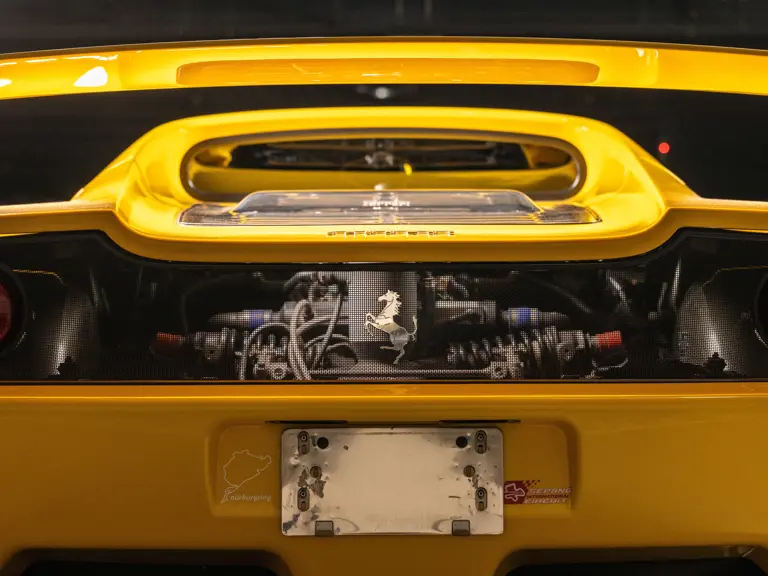
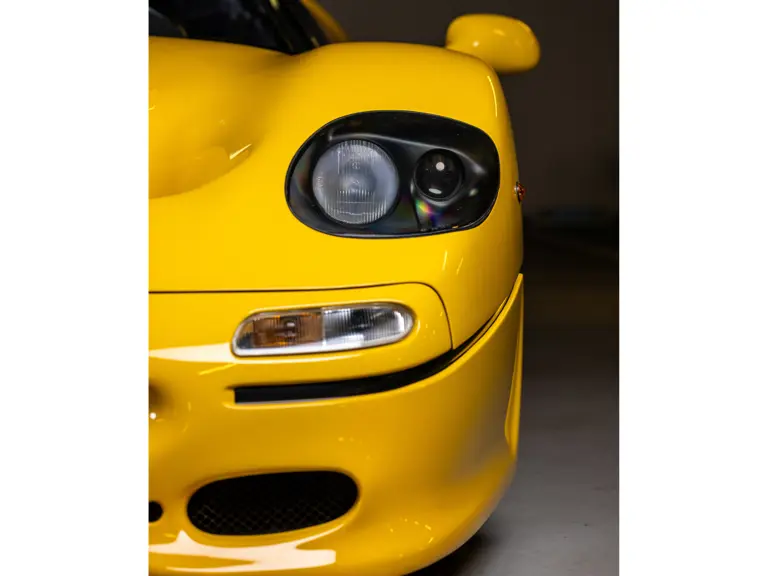
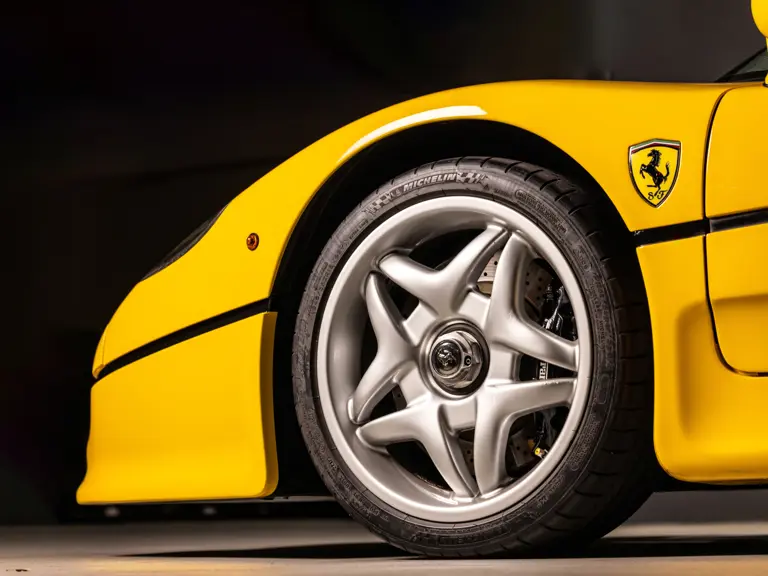
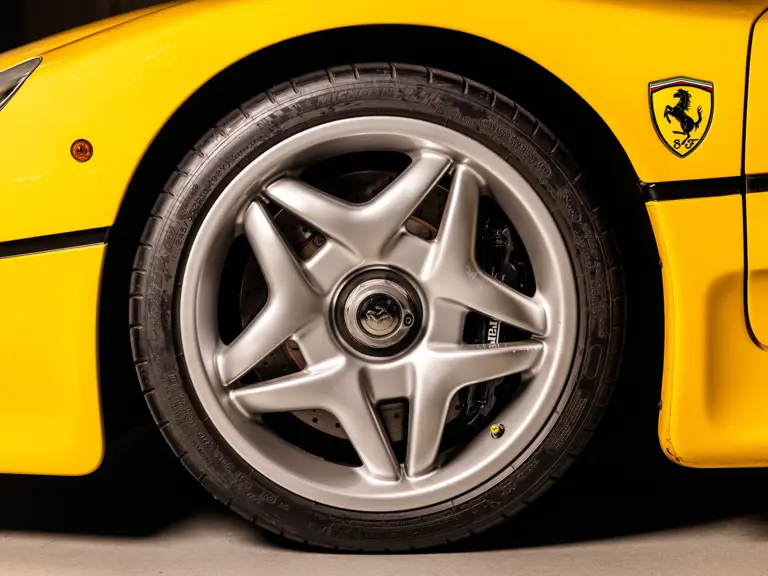
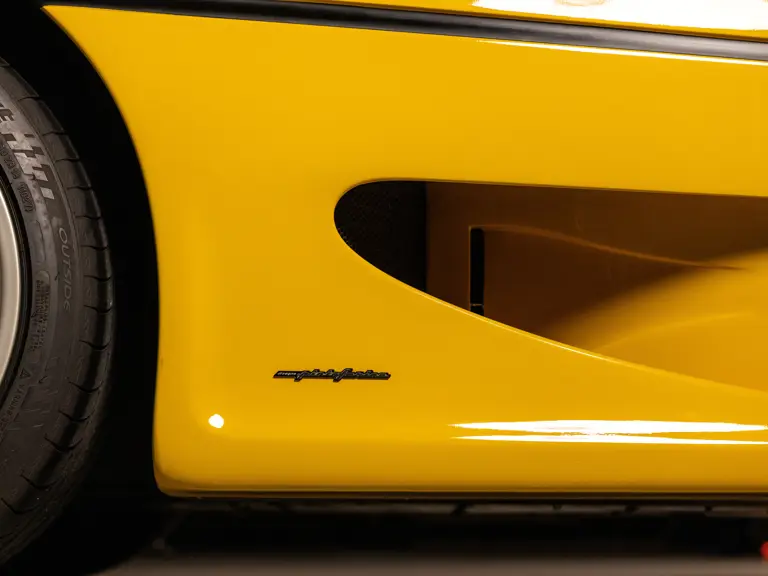
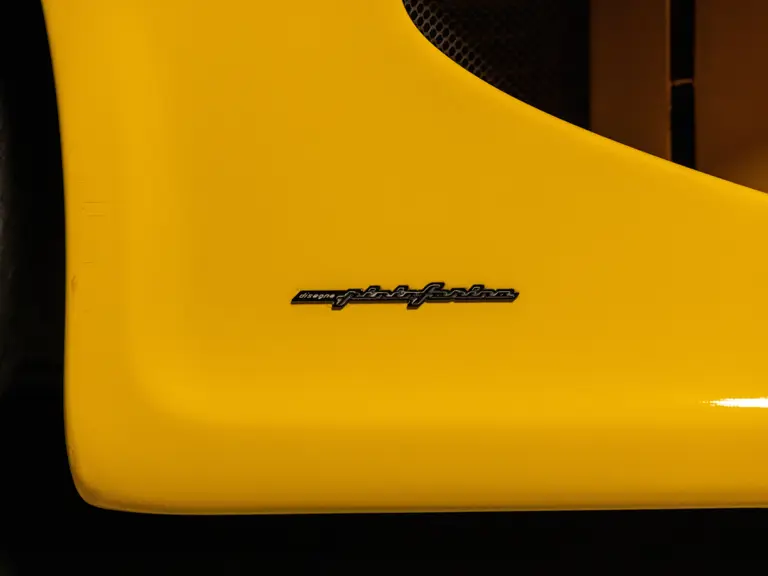
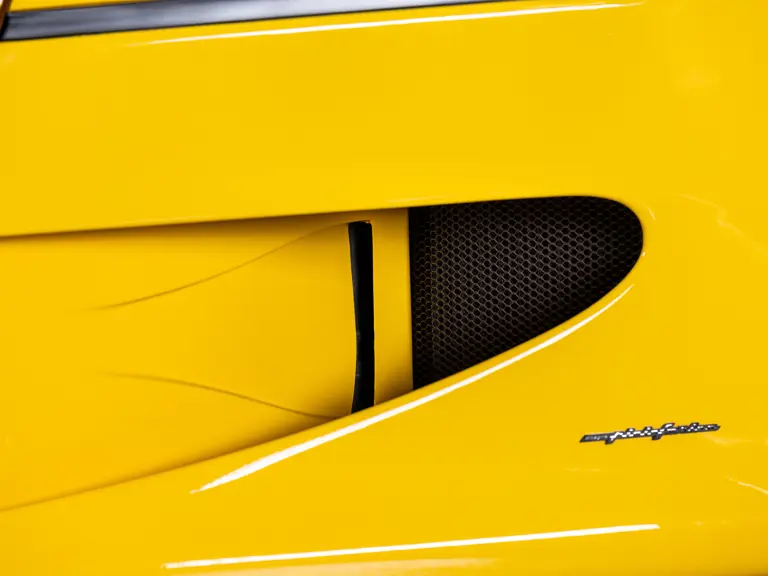
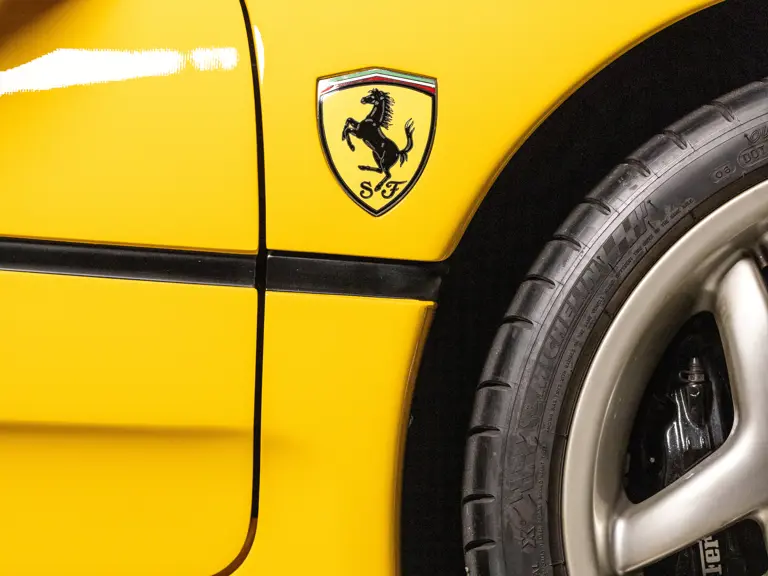
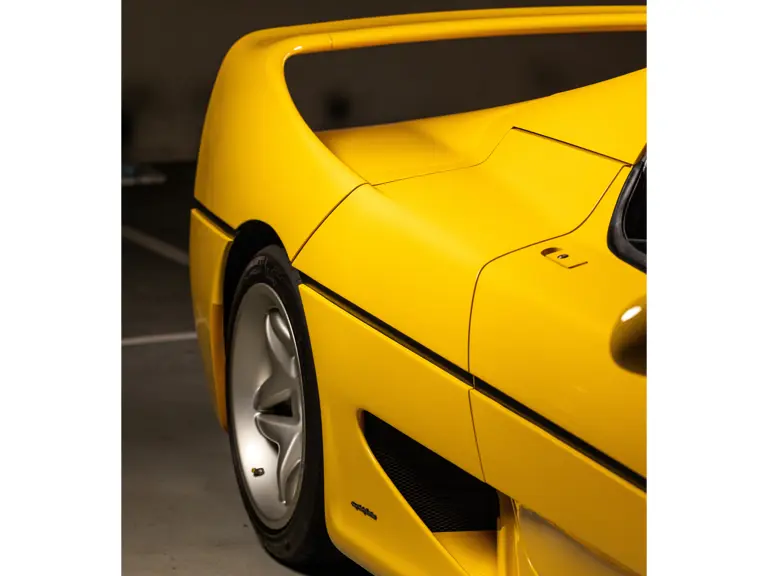
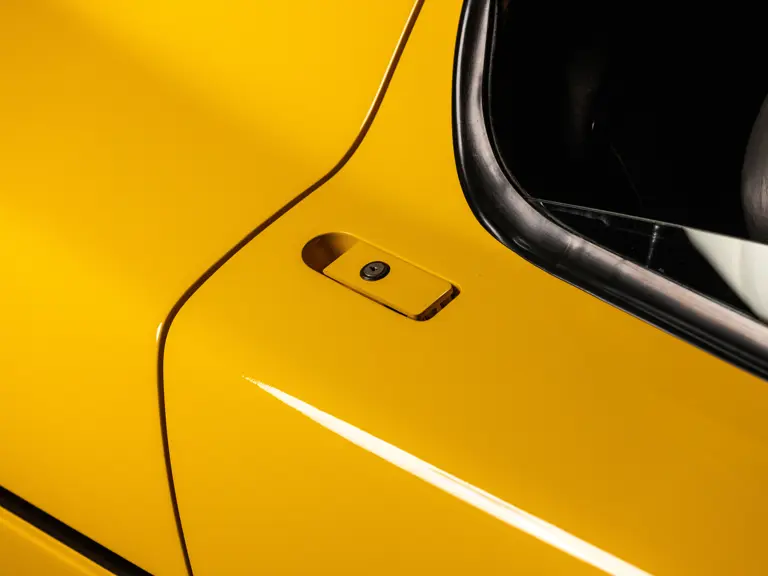
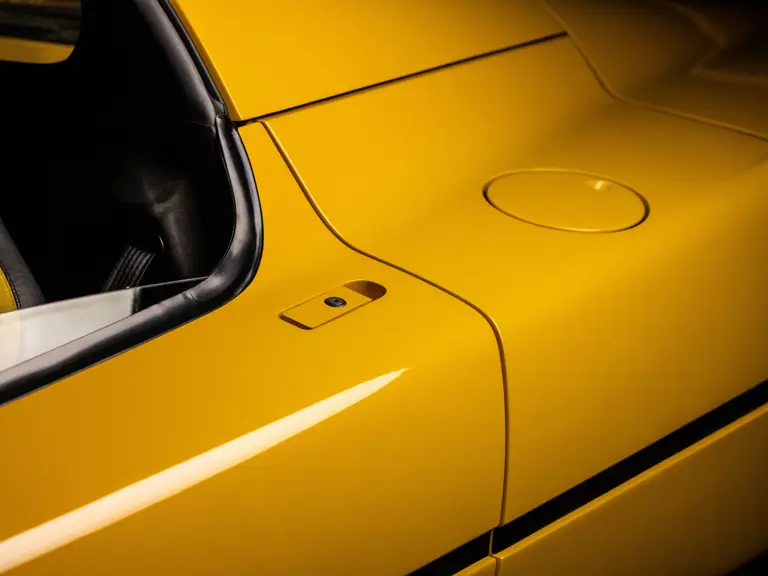

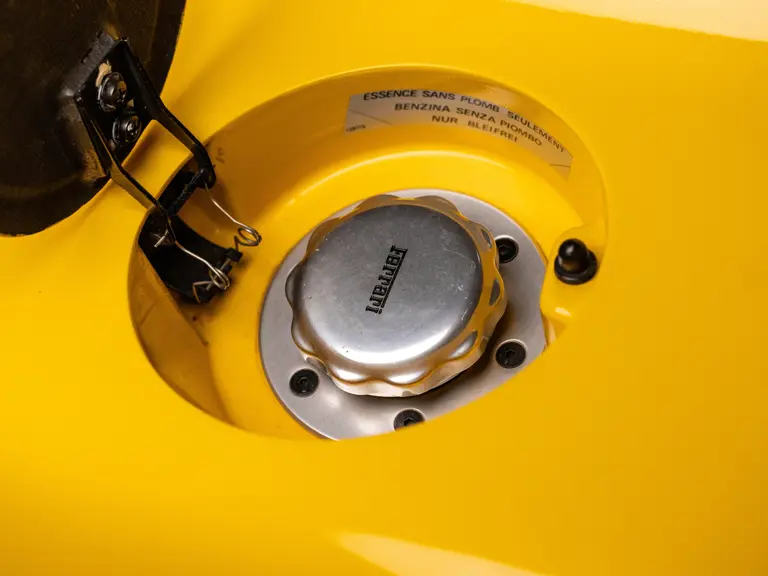
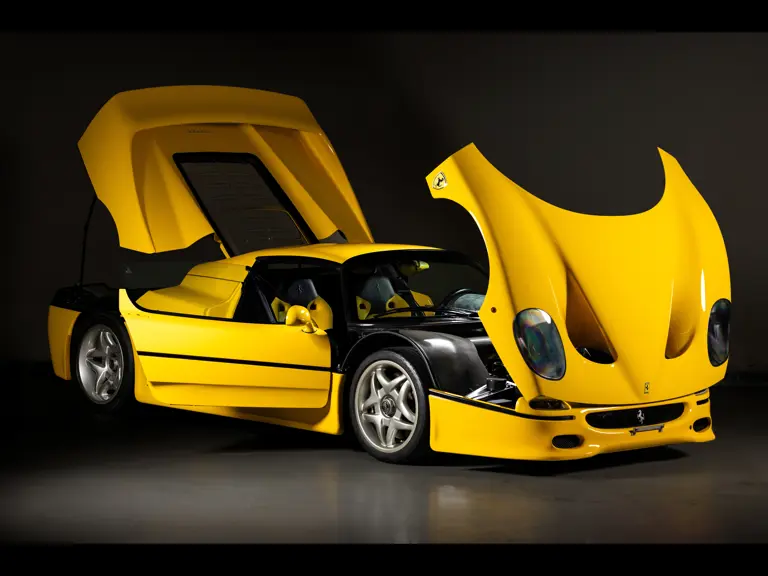
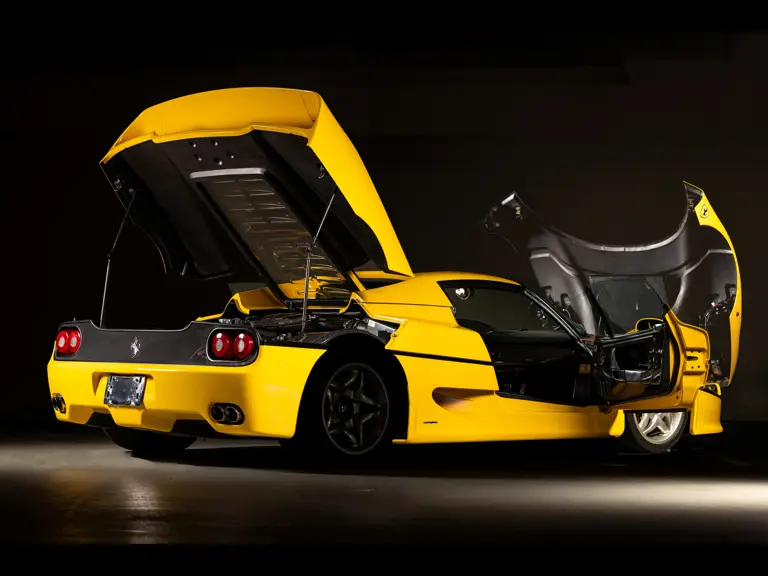
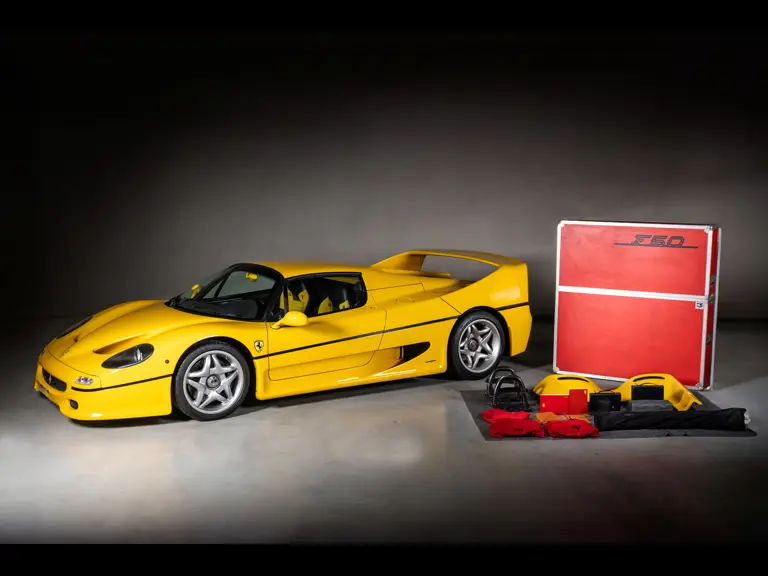
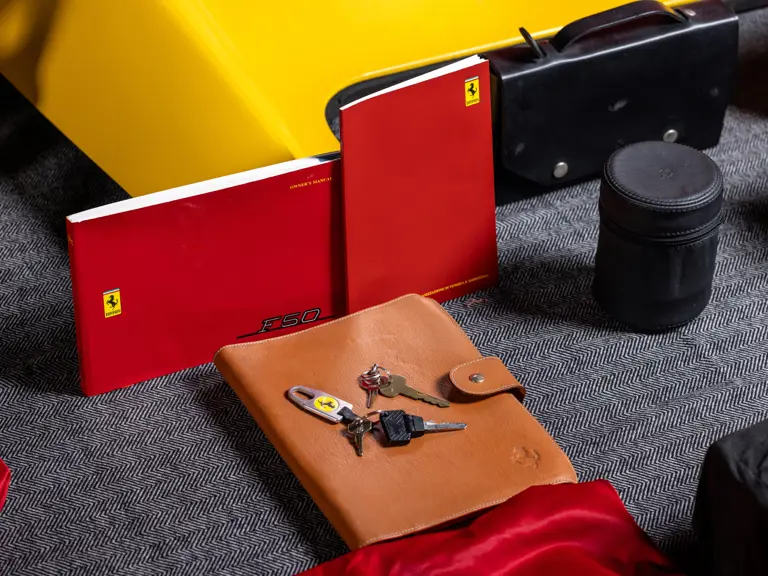
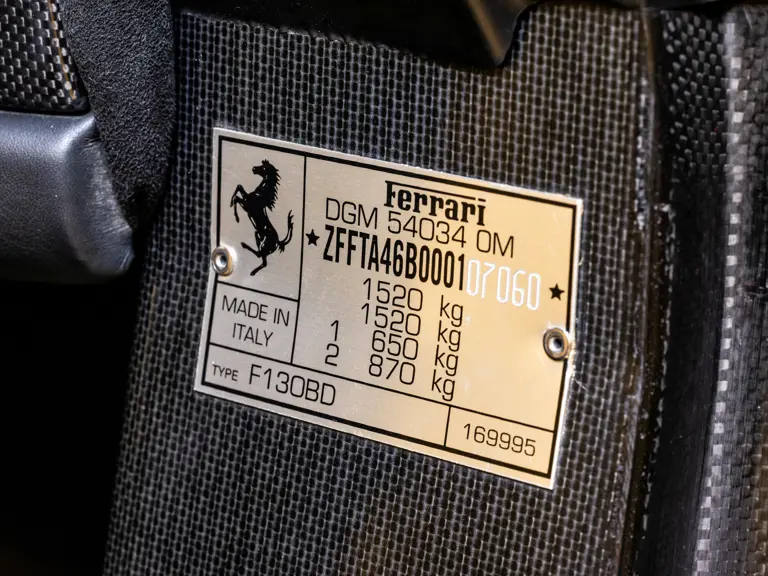
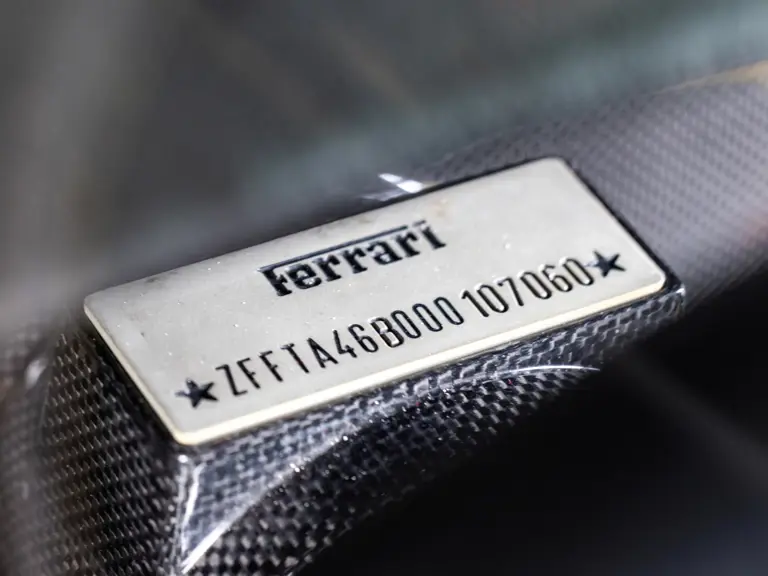
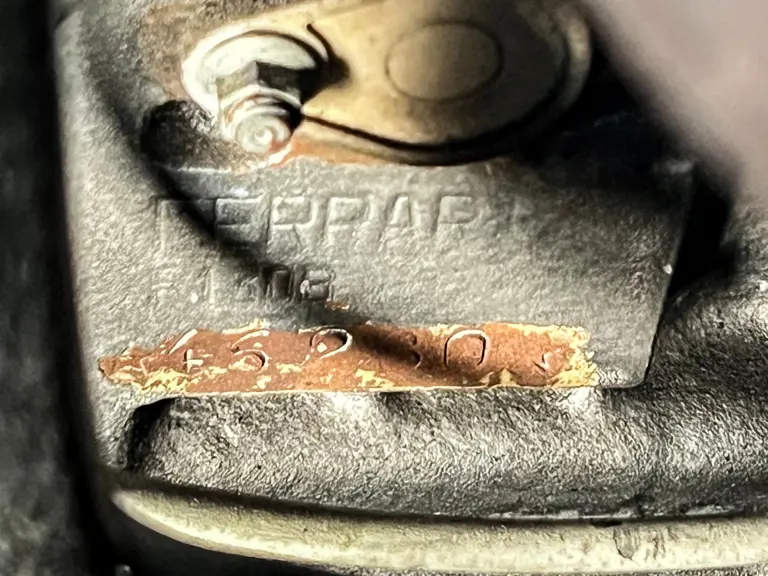
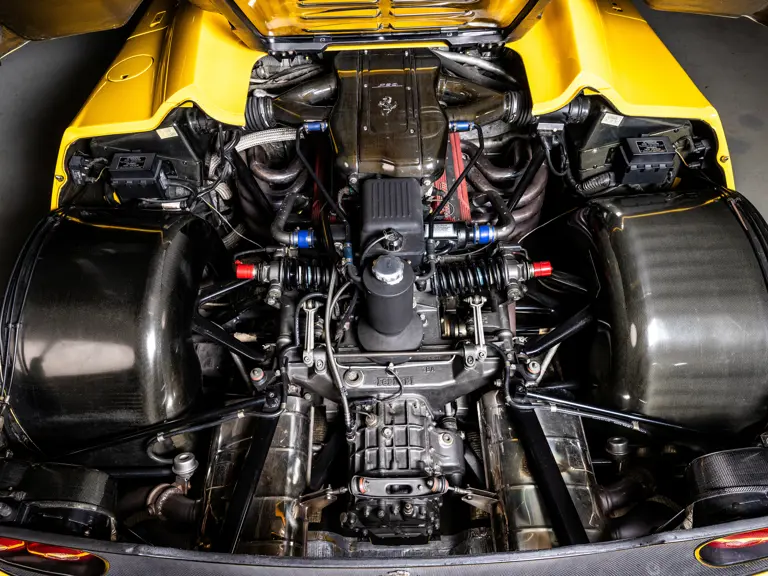
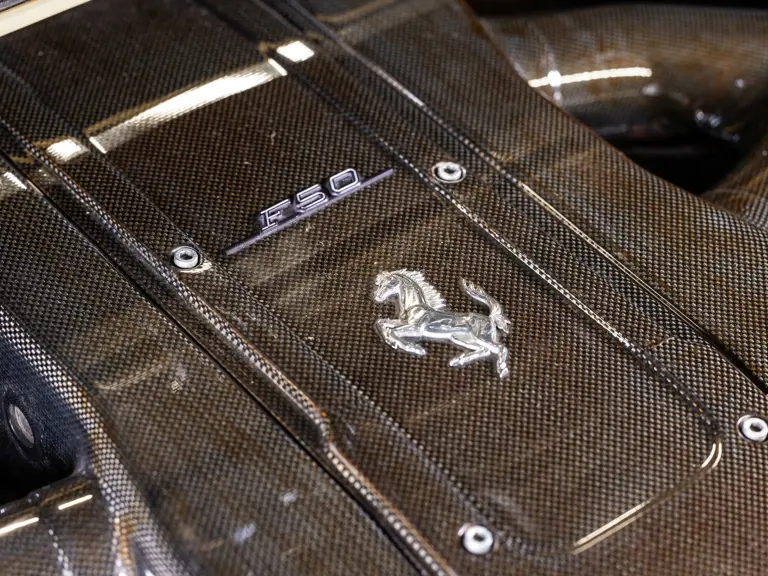
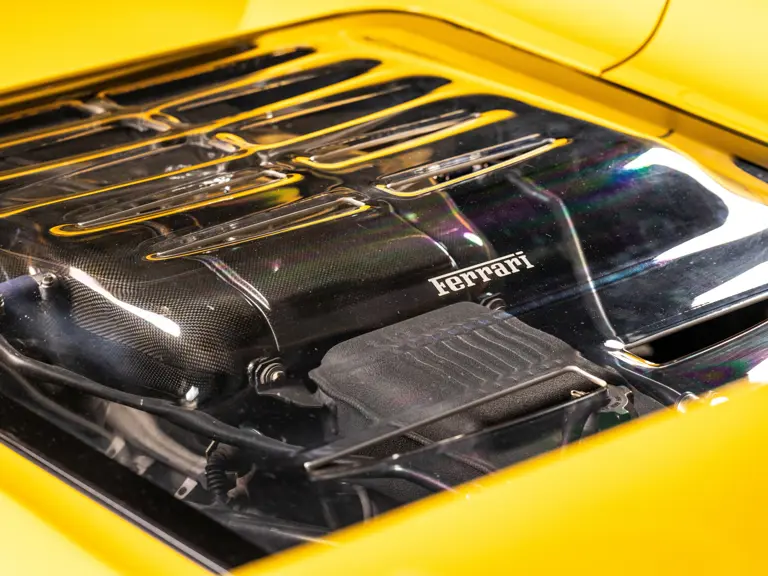
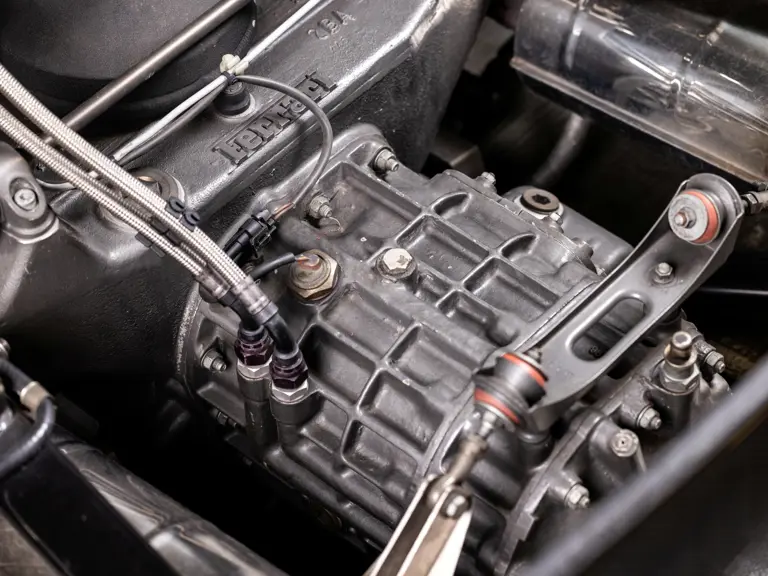
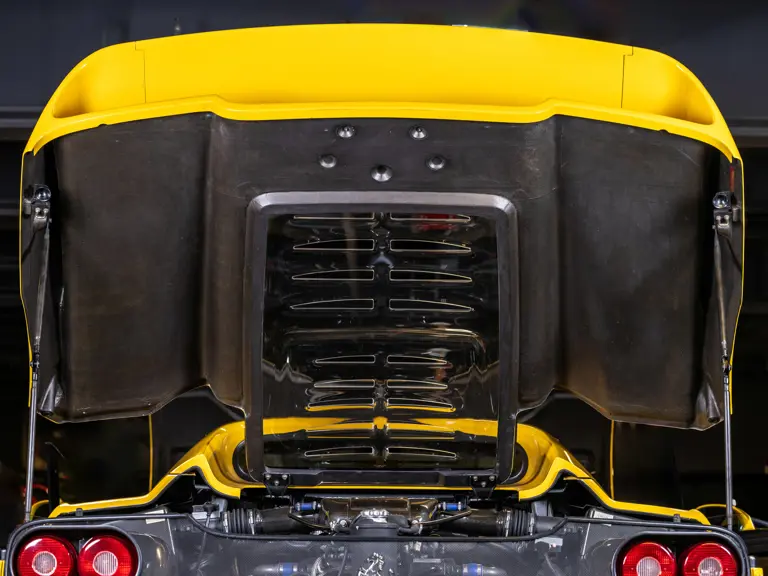
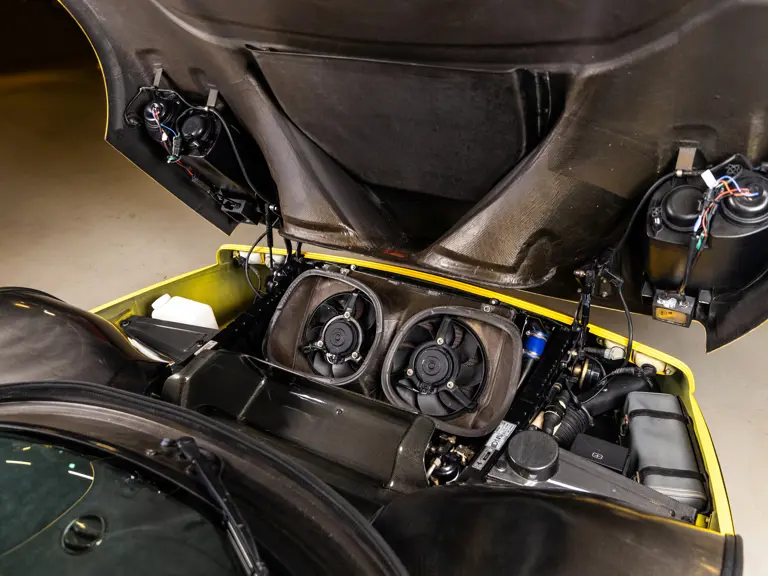
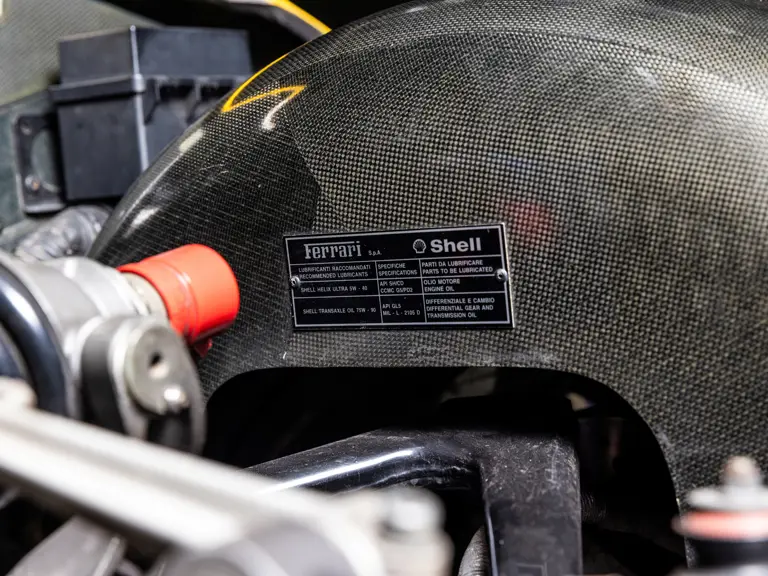


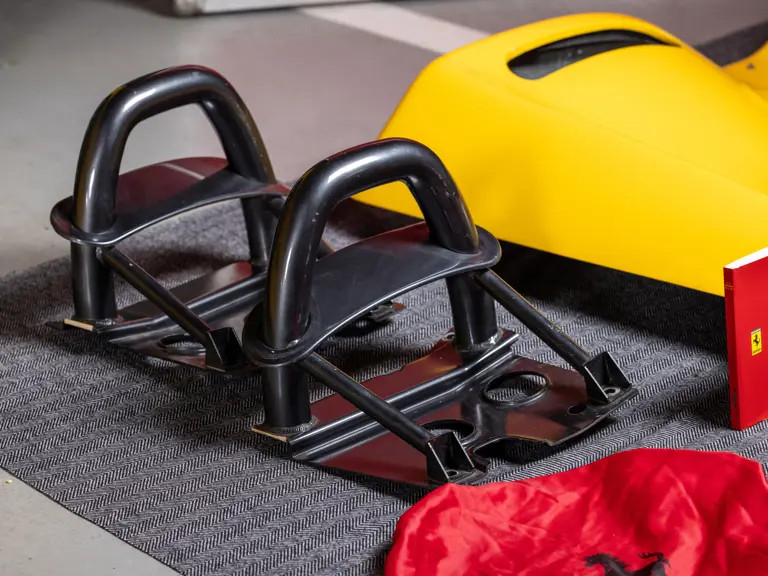
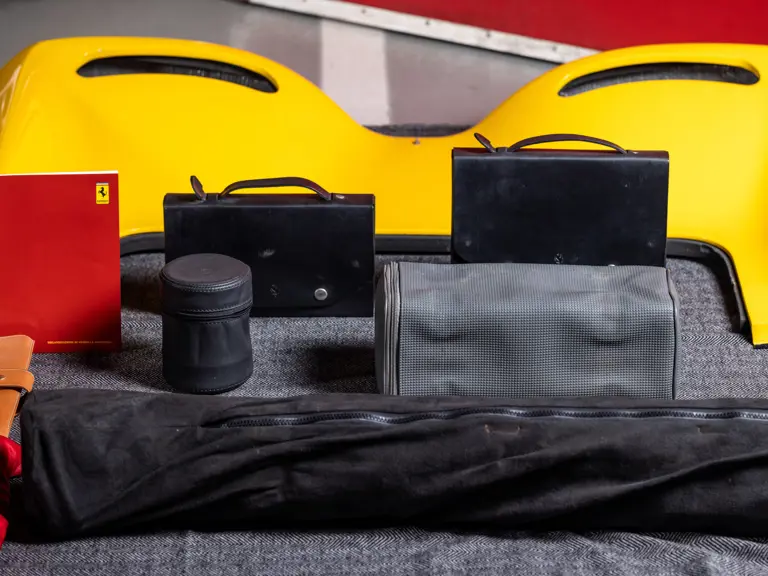

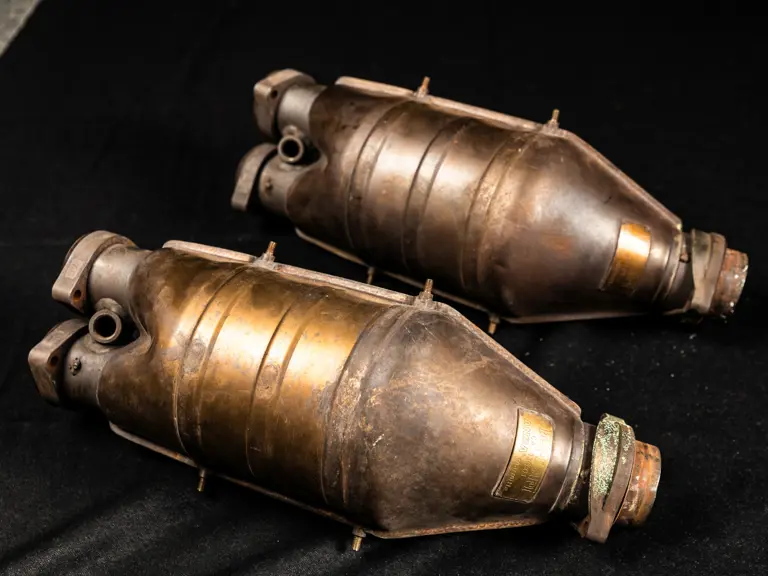
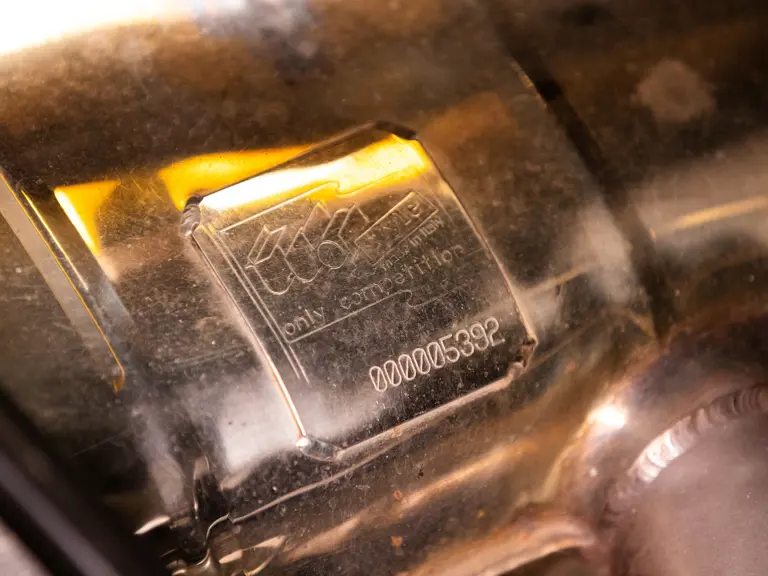
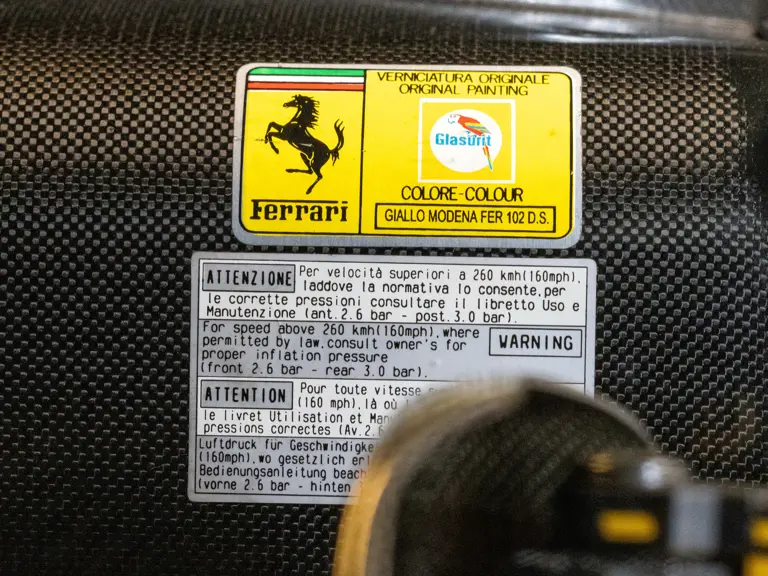
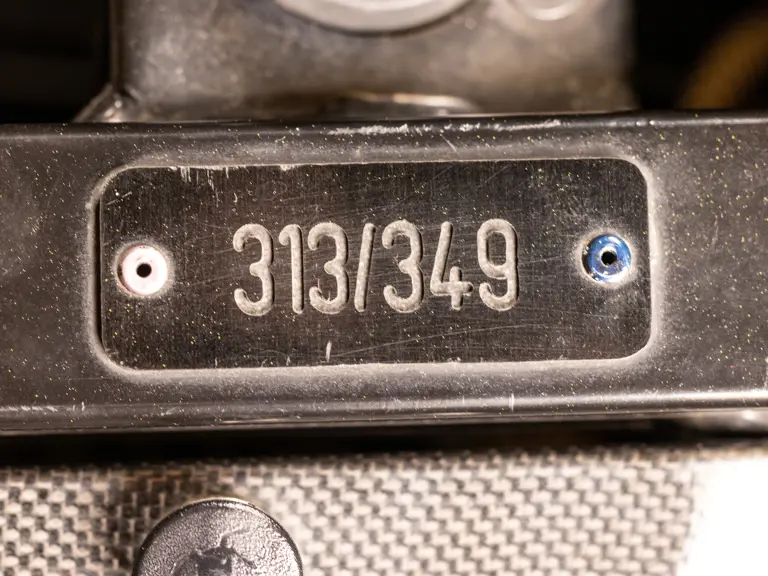
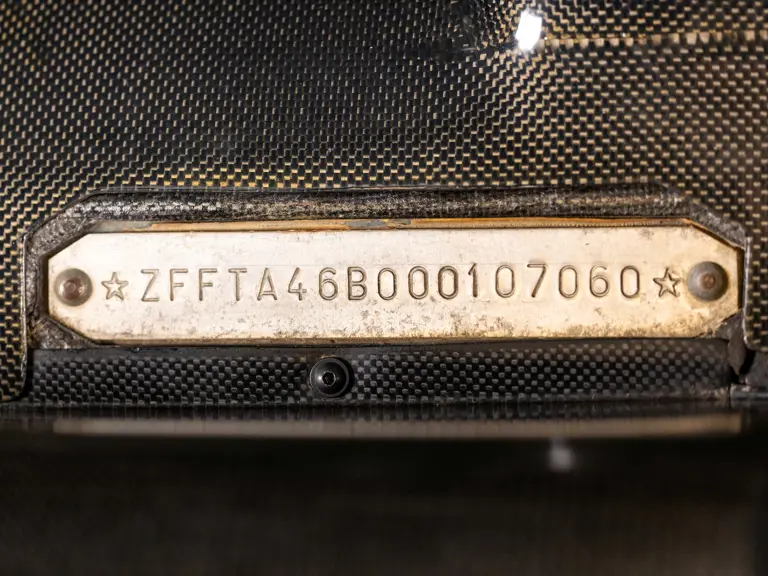
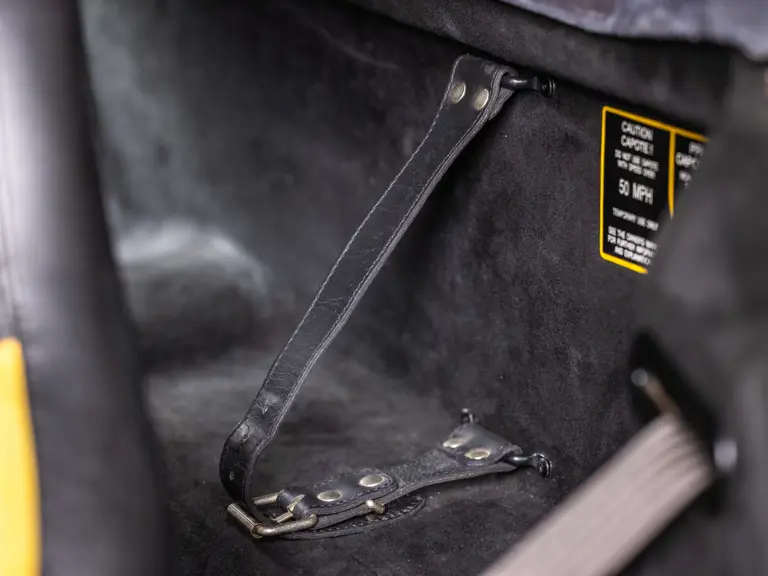
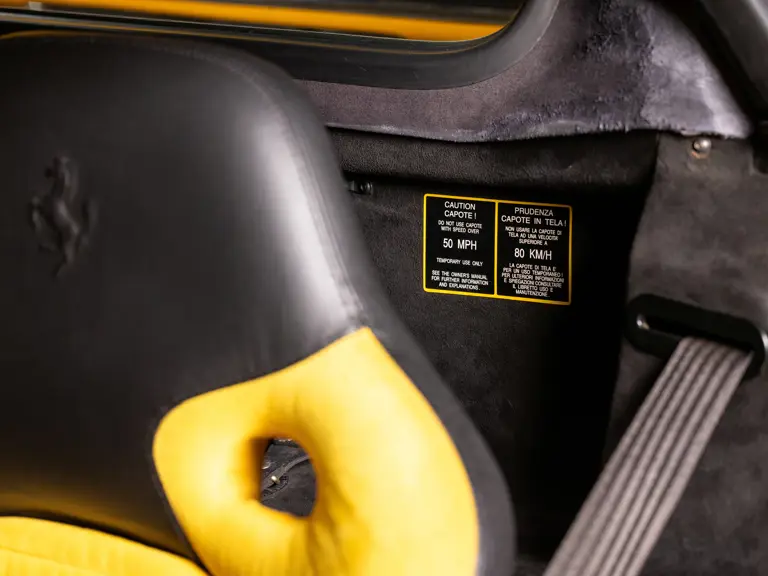
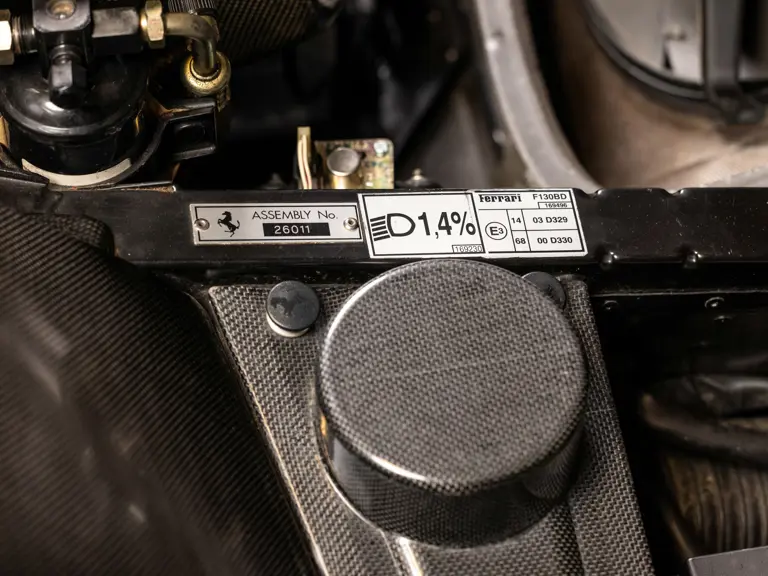
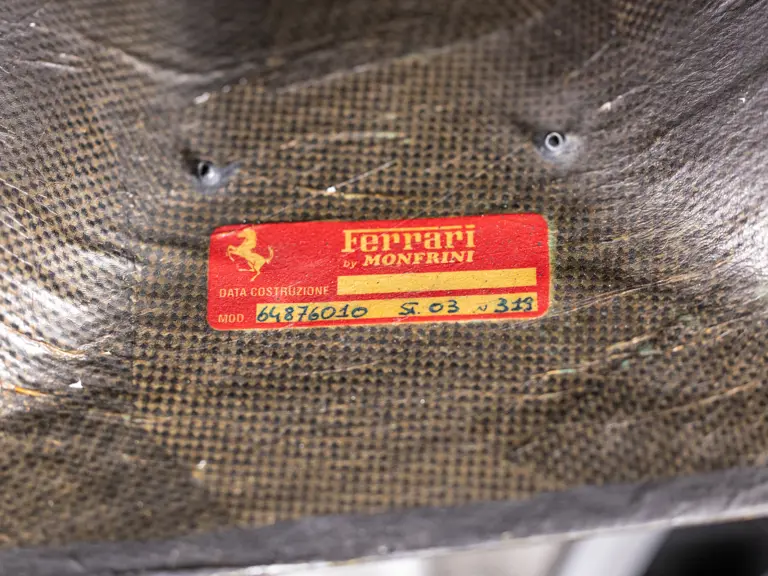

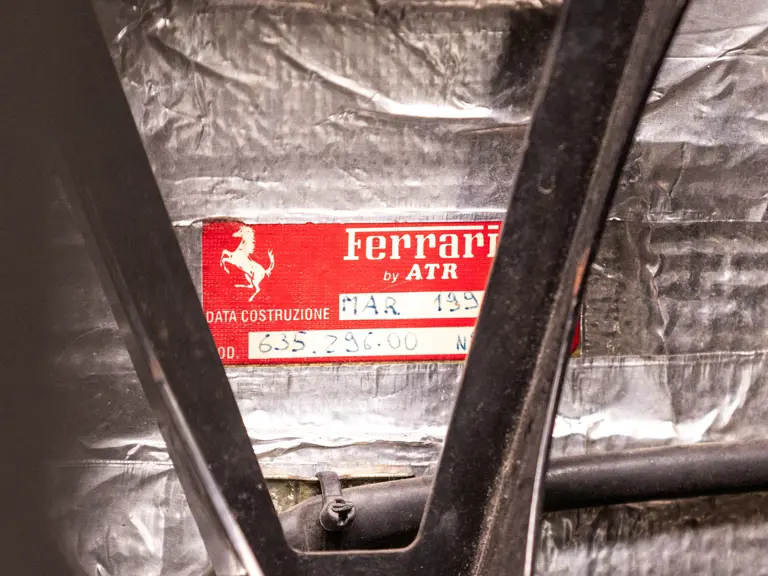
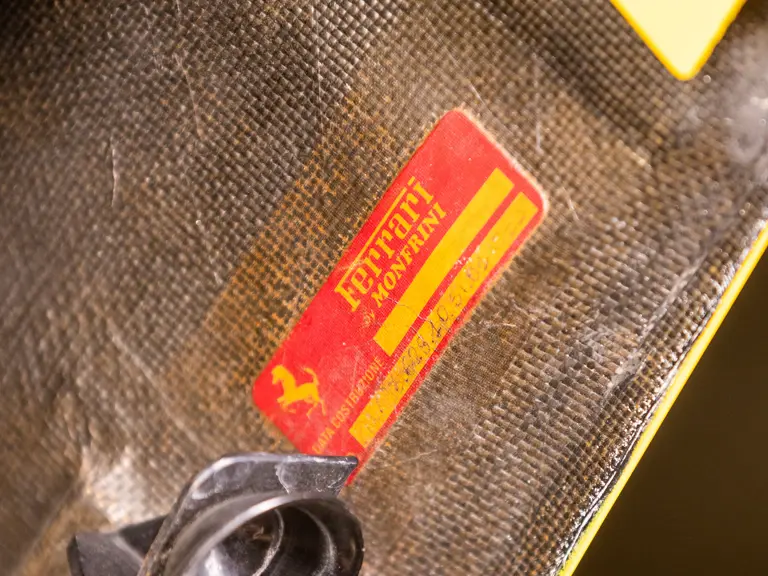
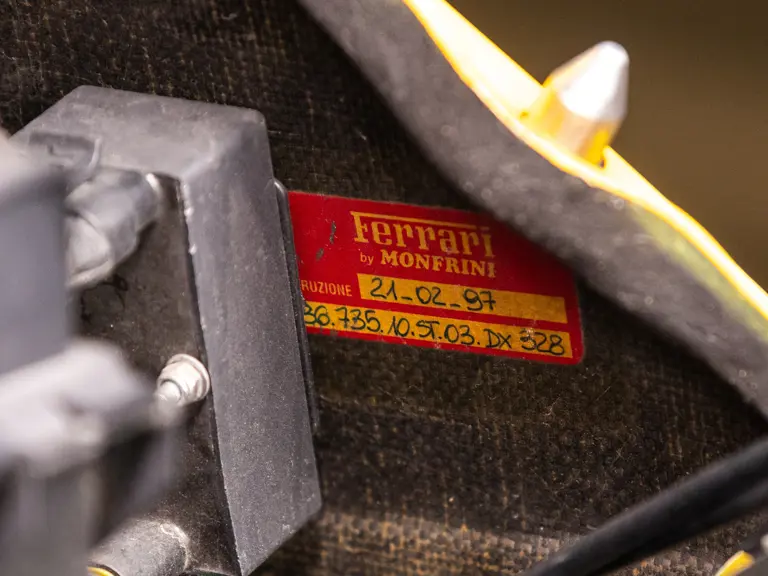
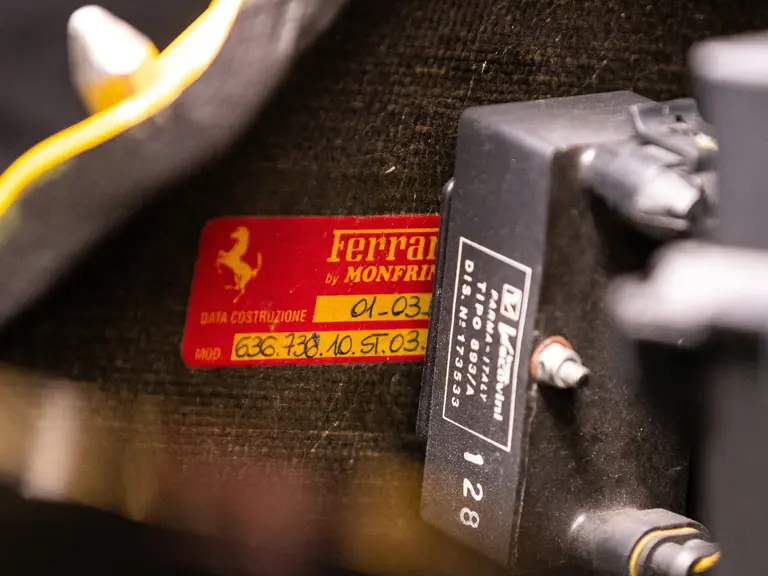
 | Hong Kong, Hong Kong
| Hong Kong, Hong Kong
